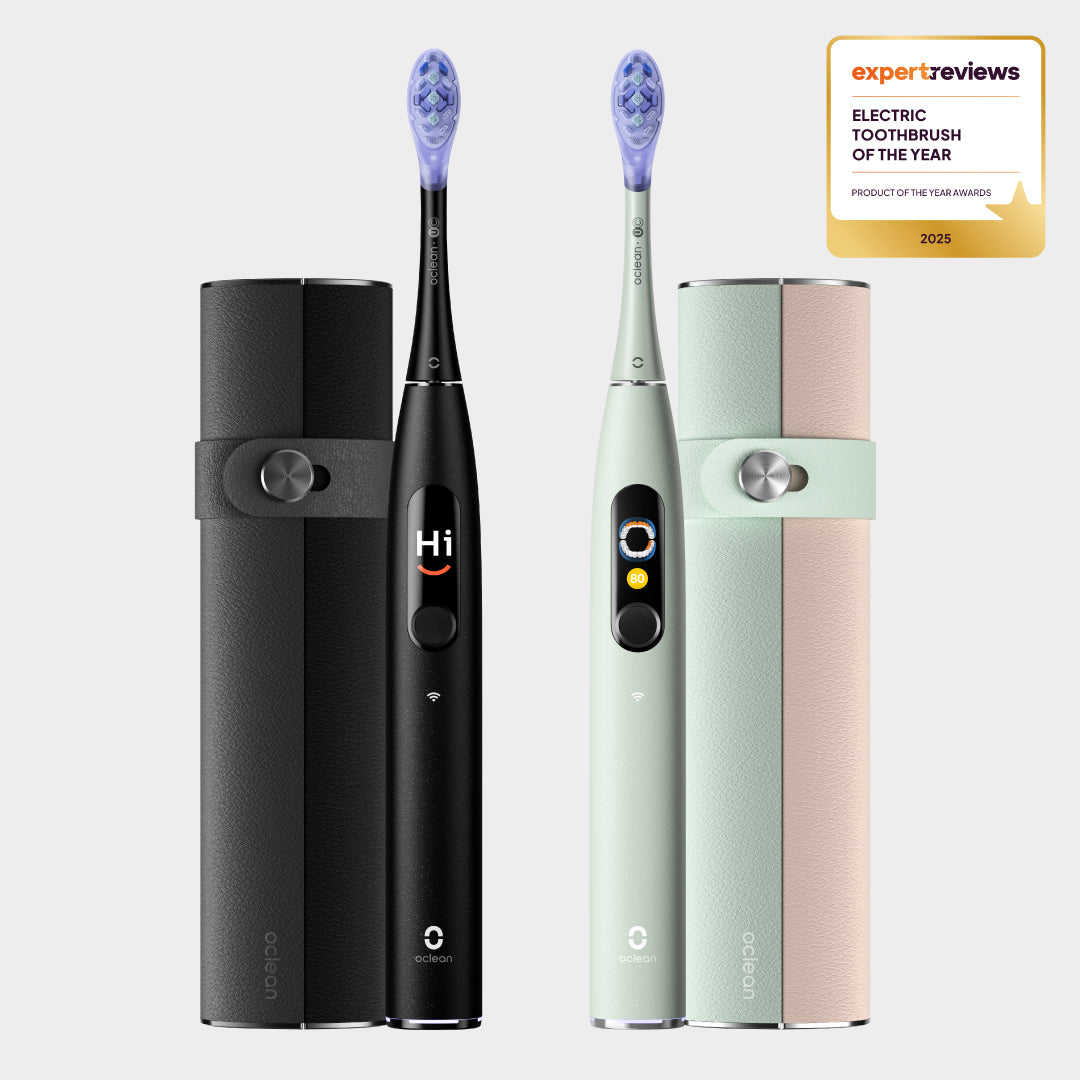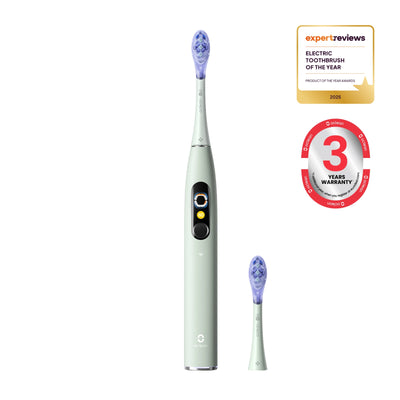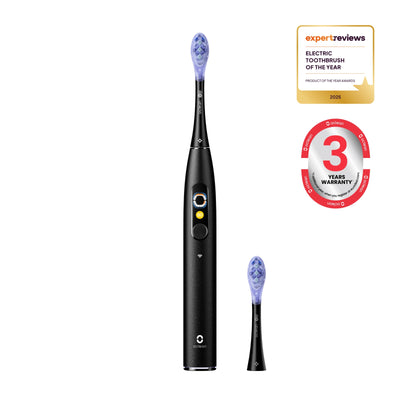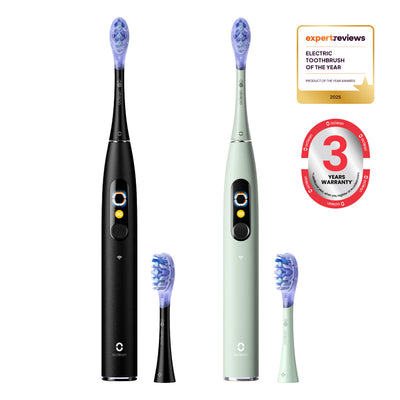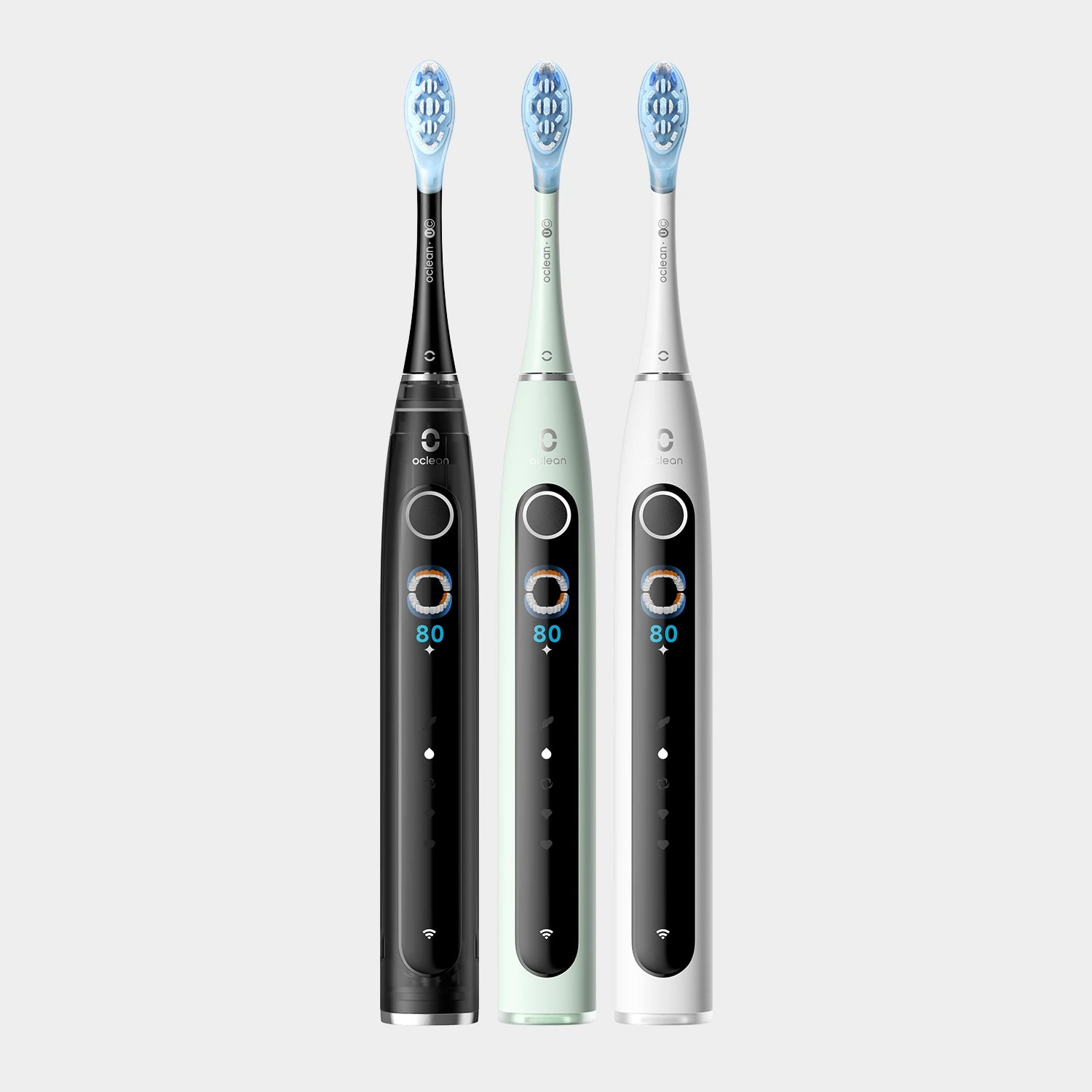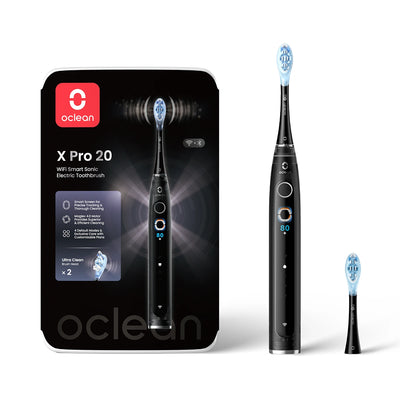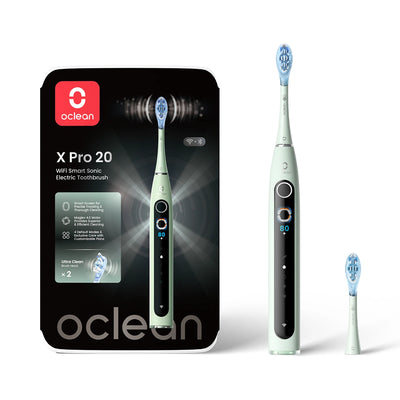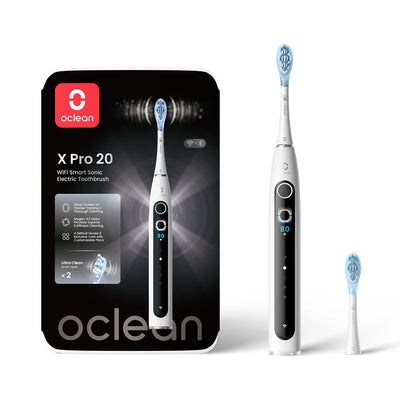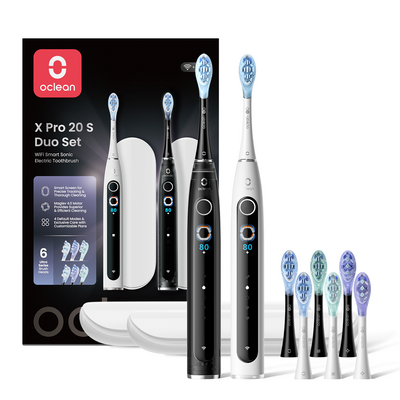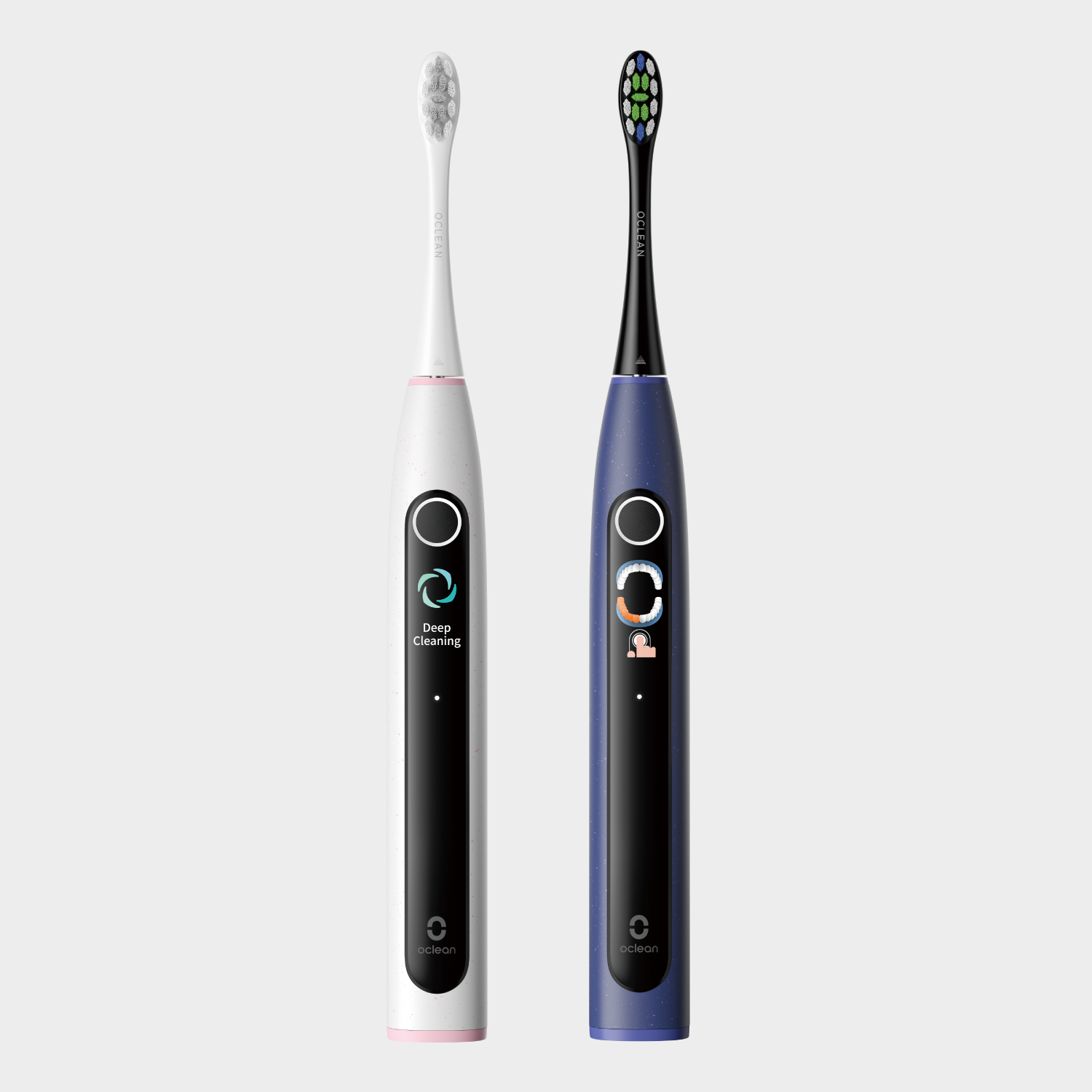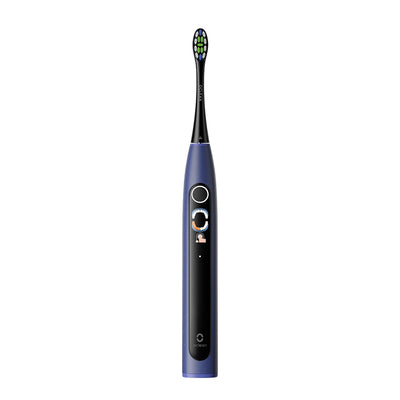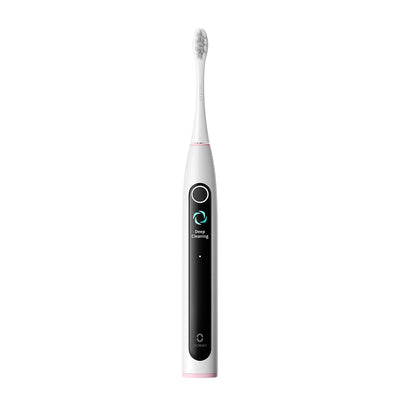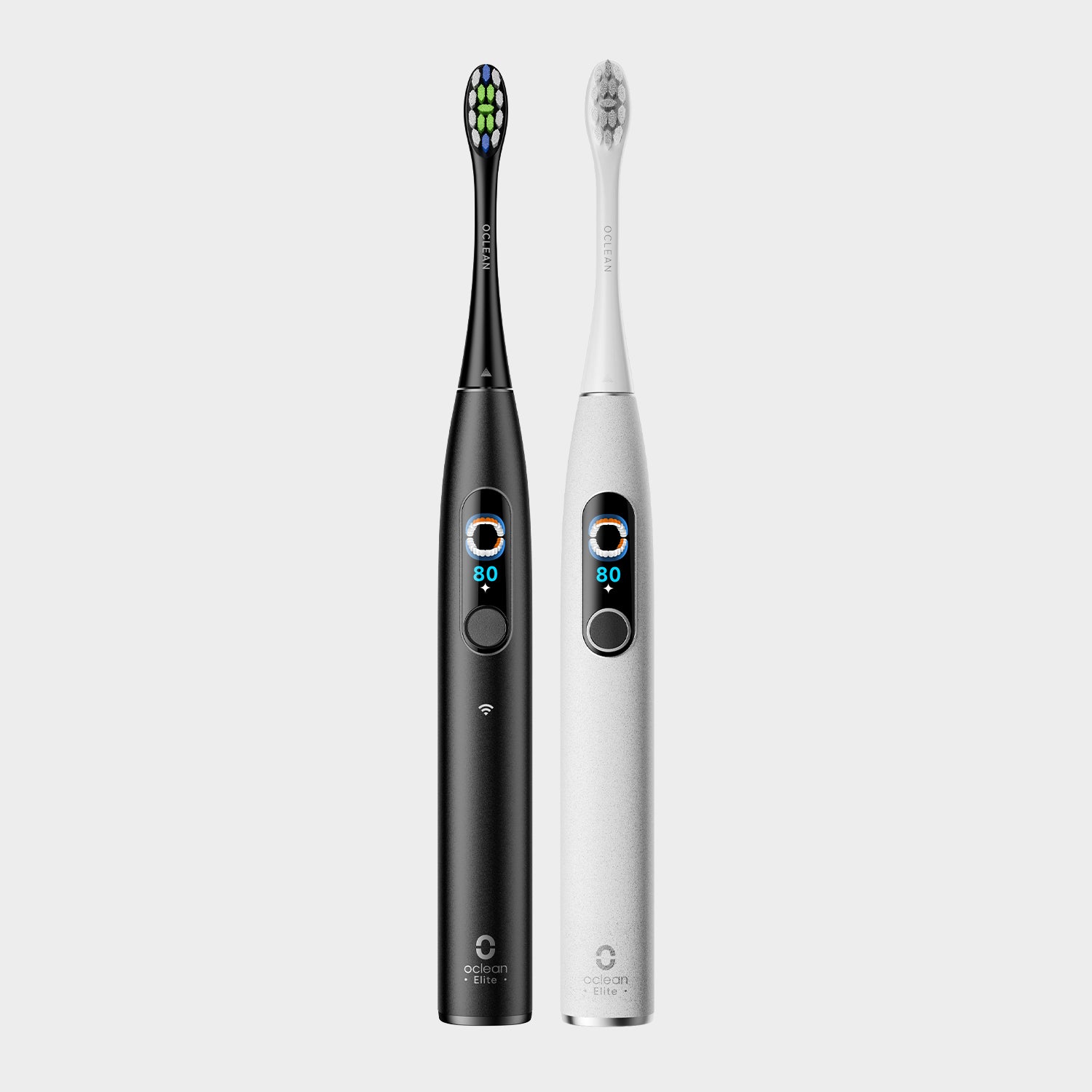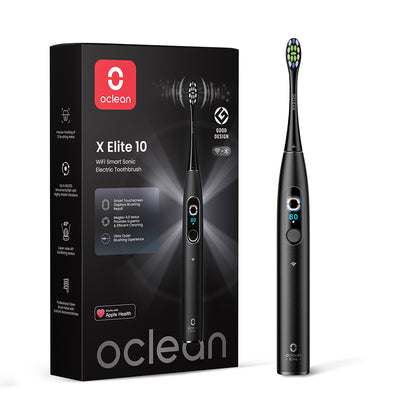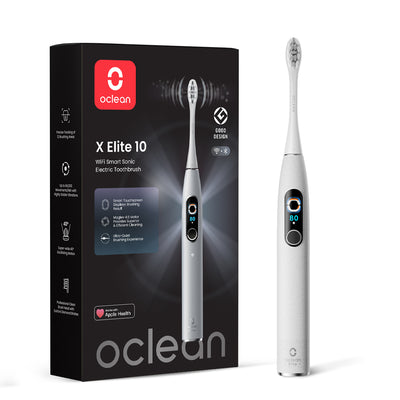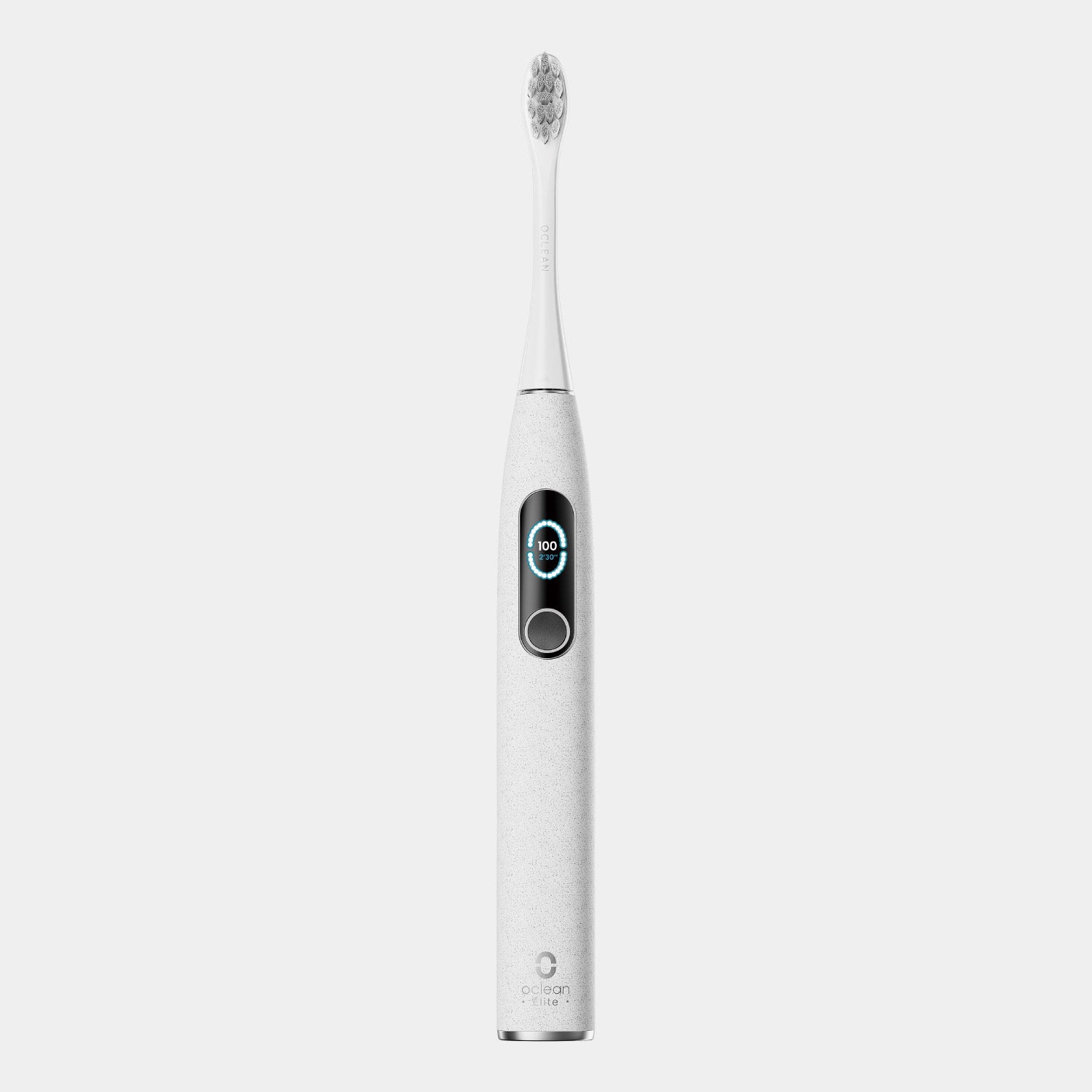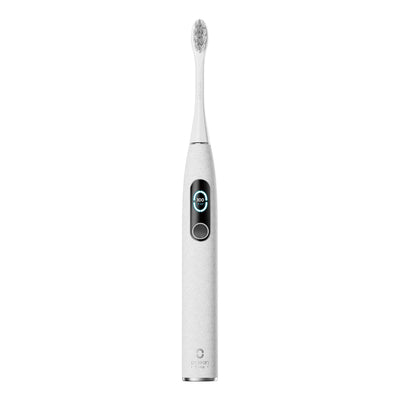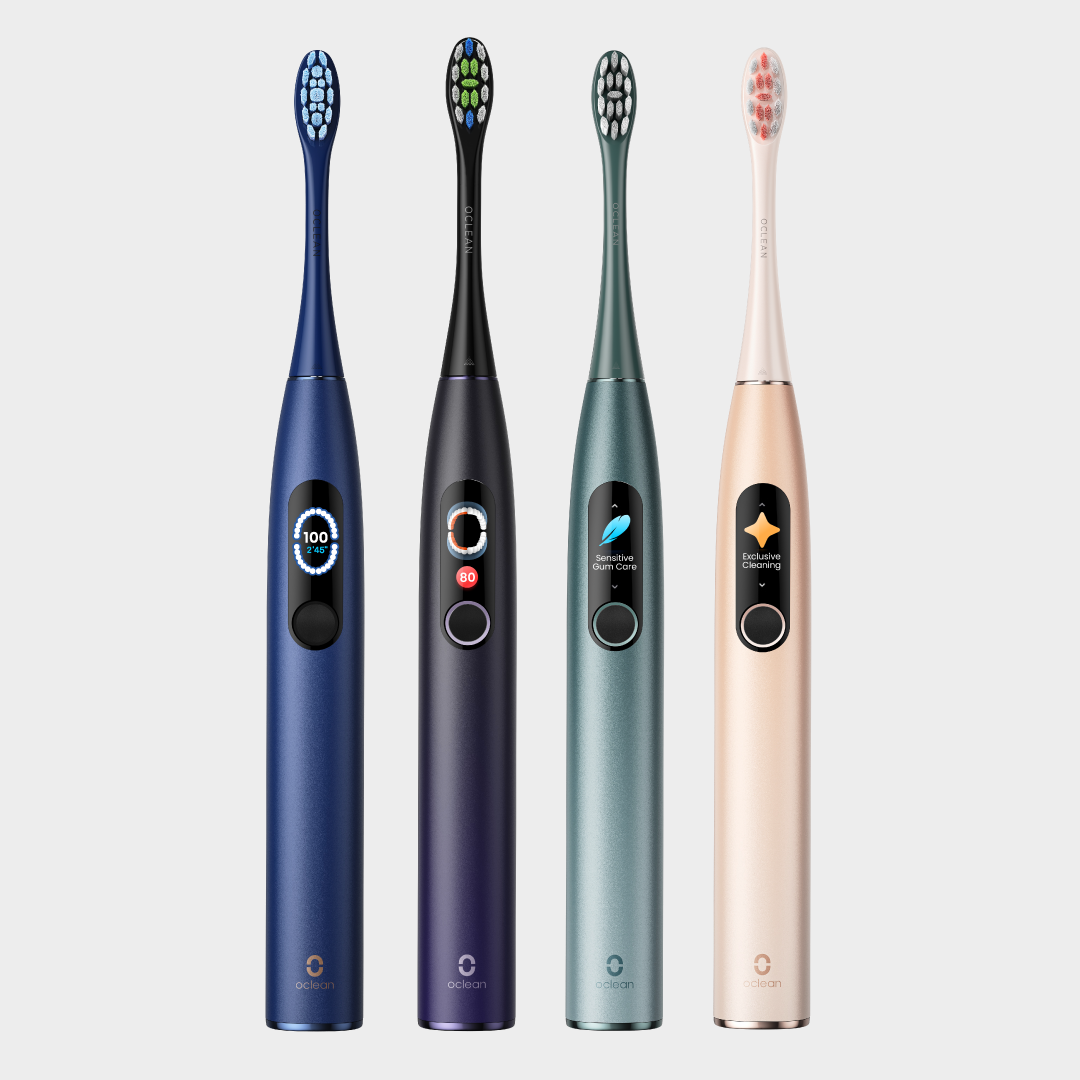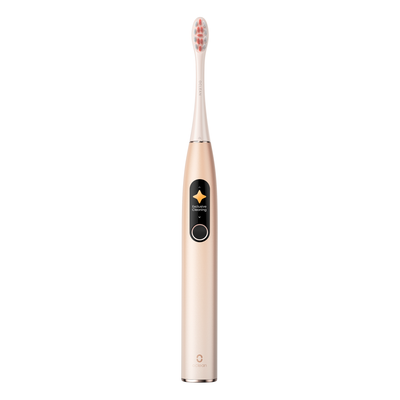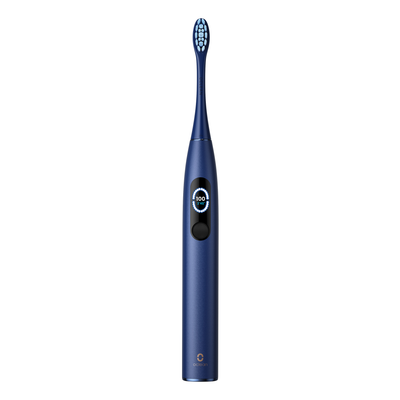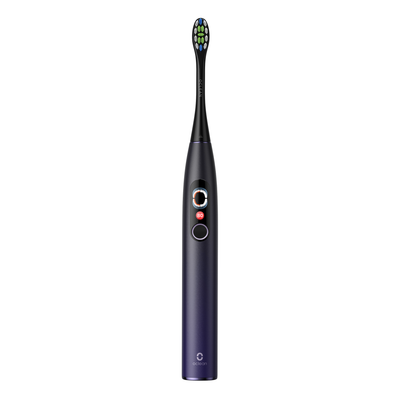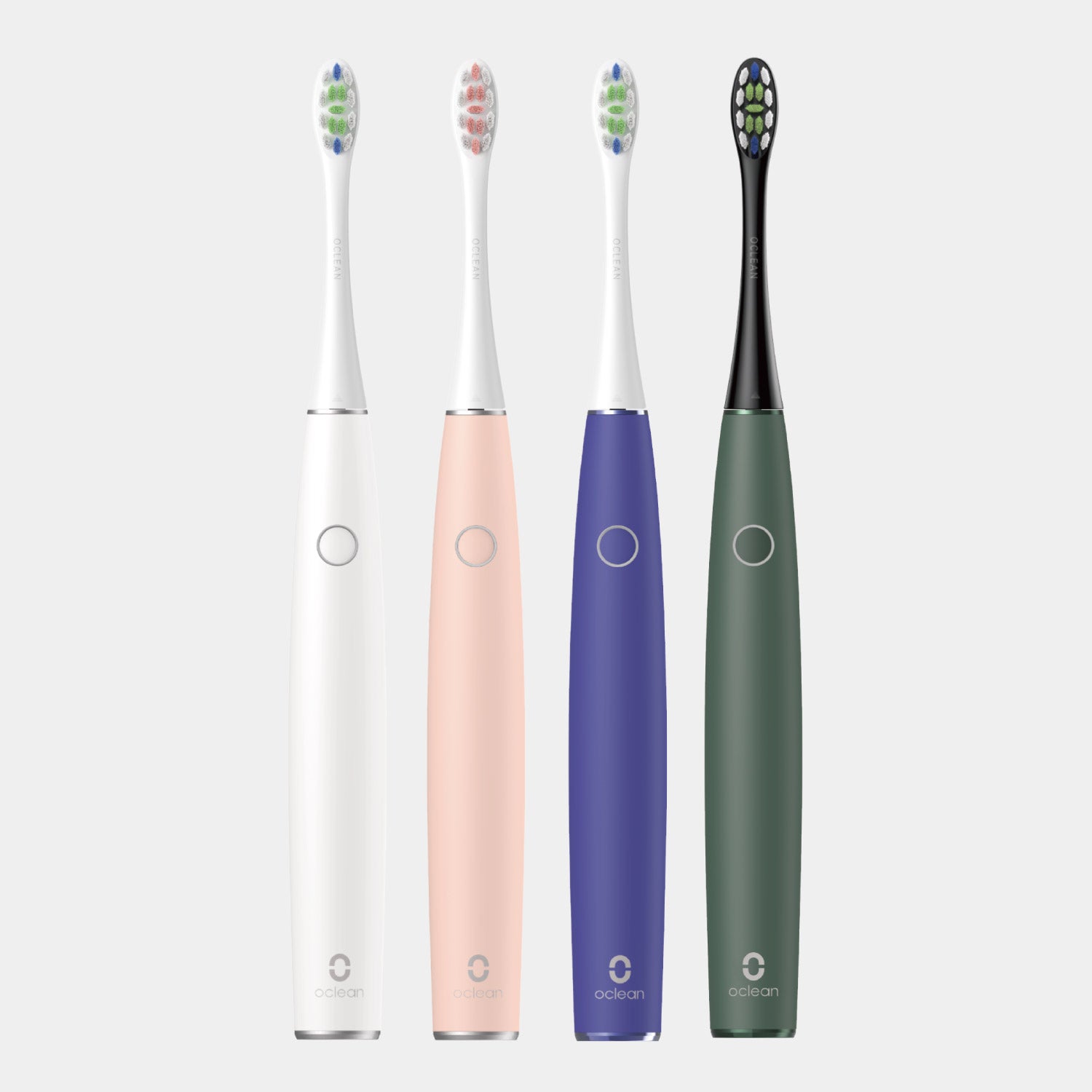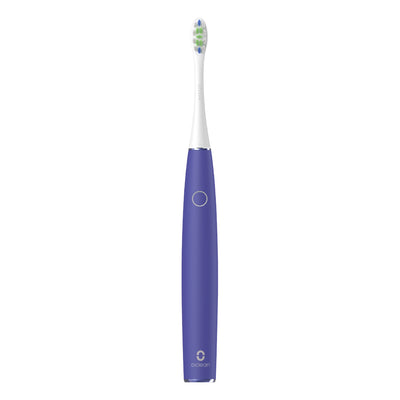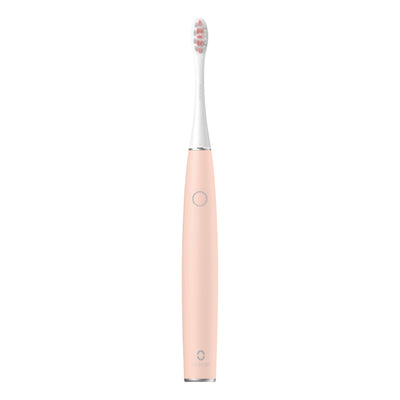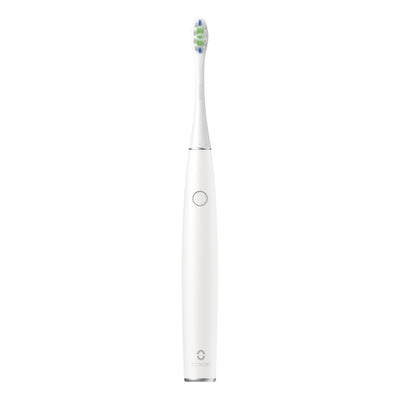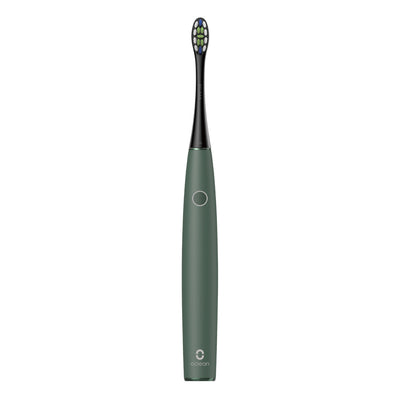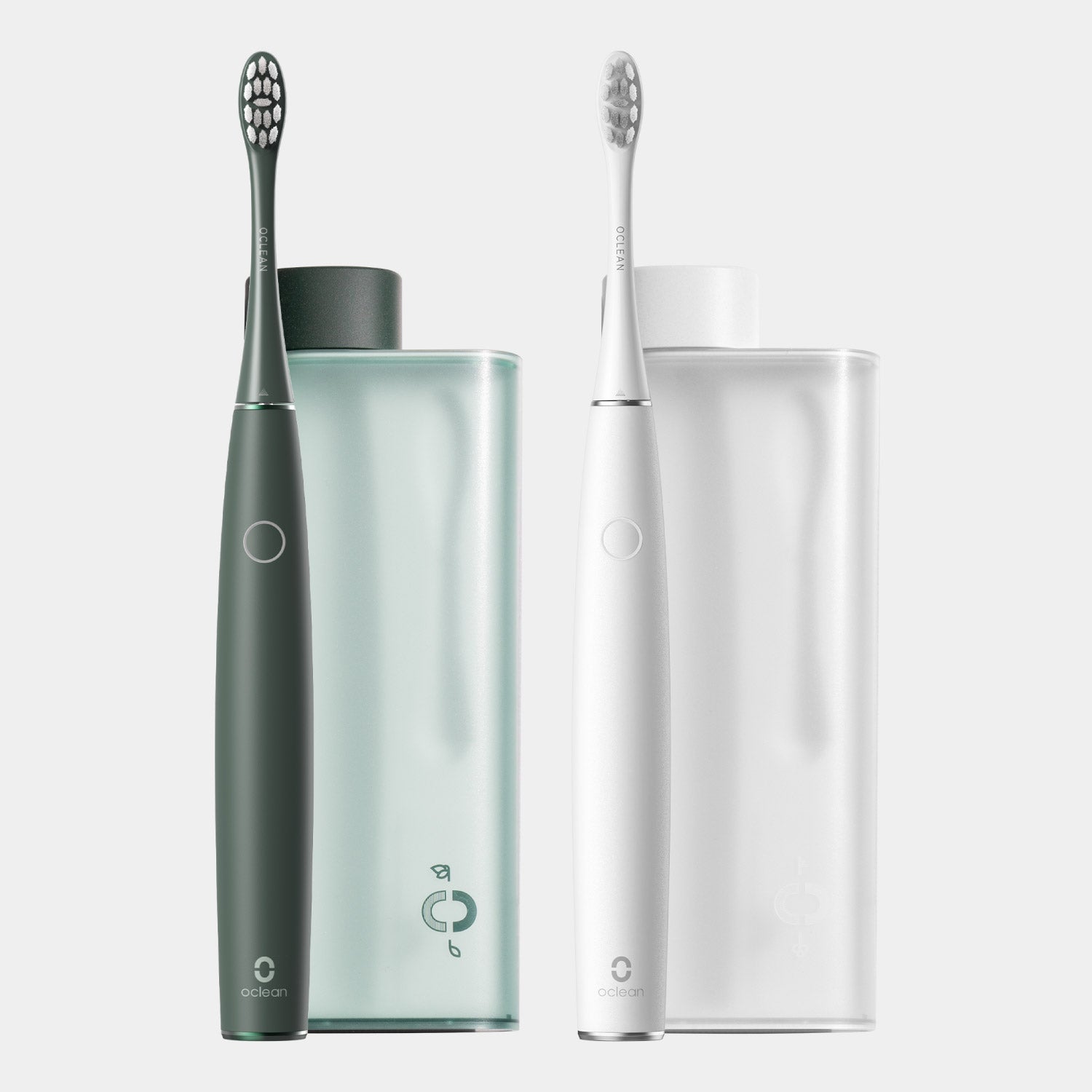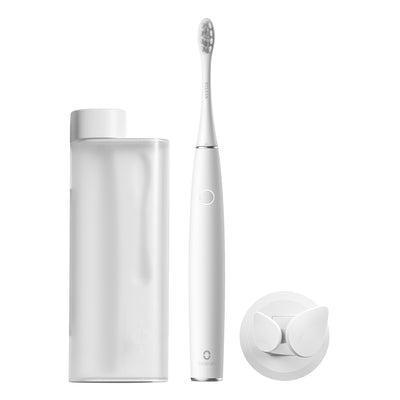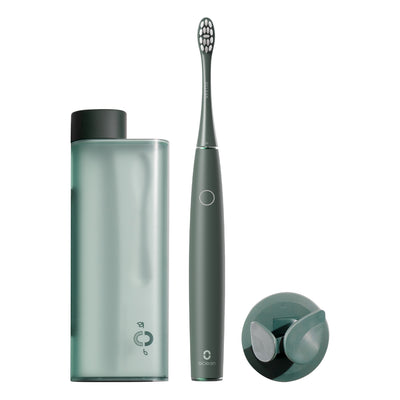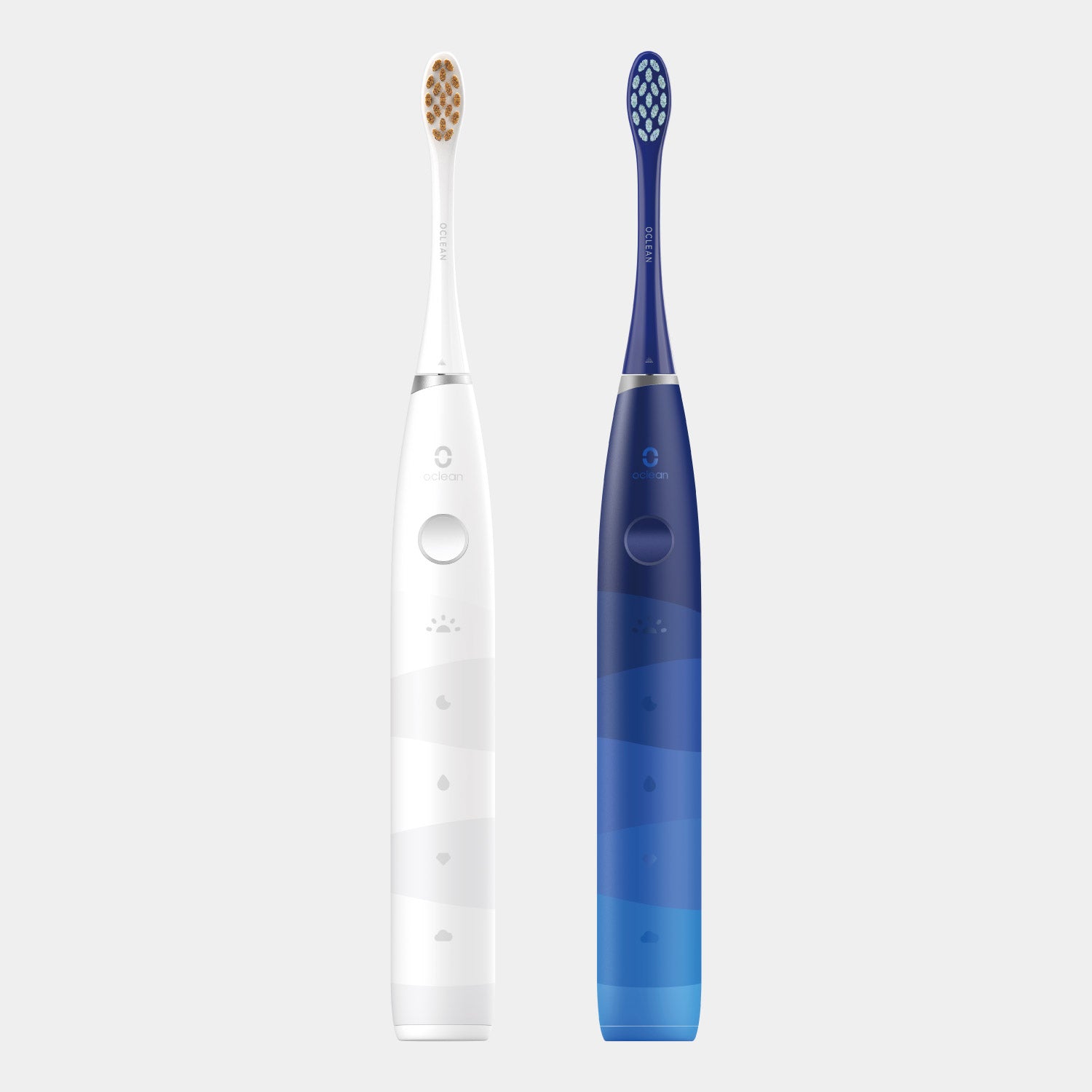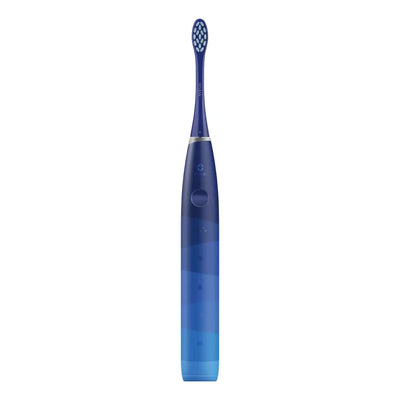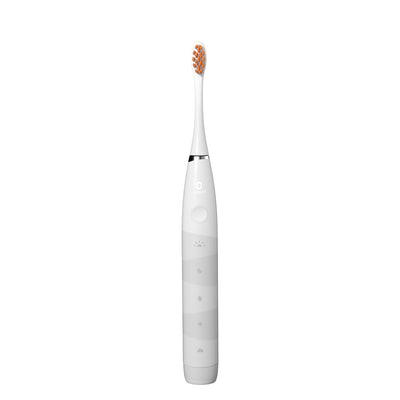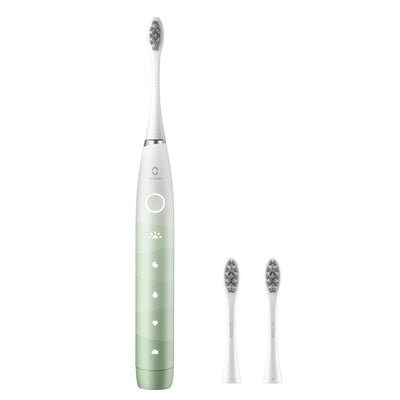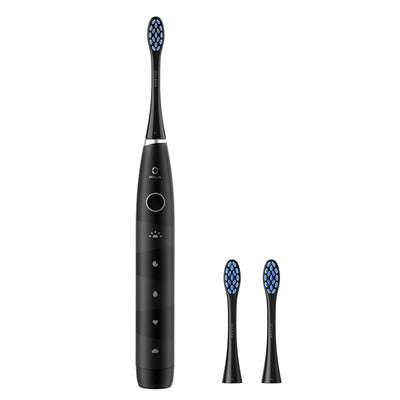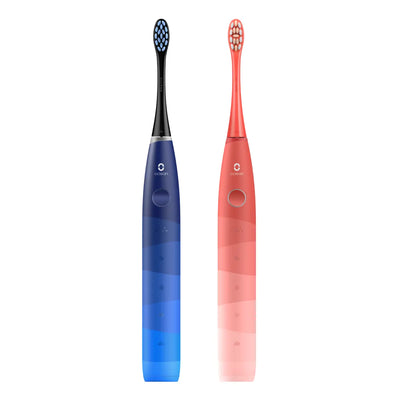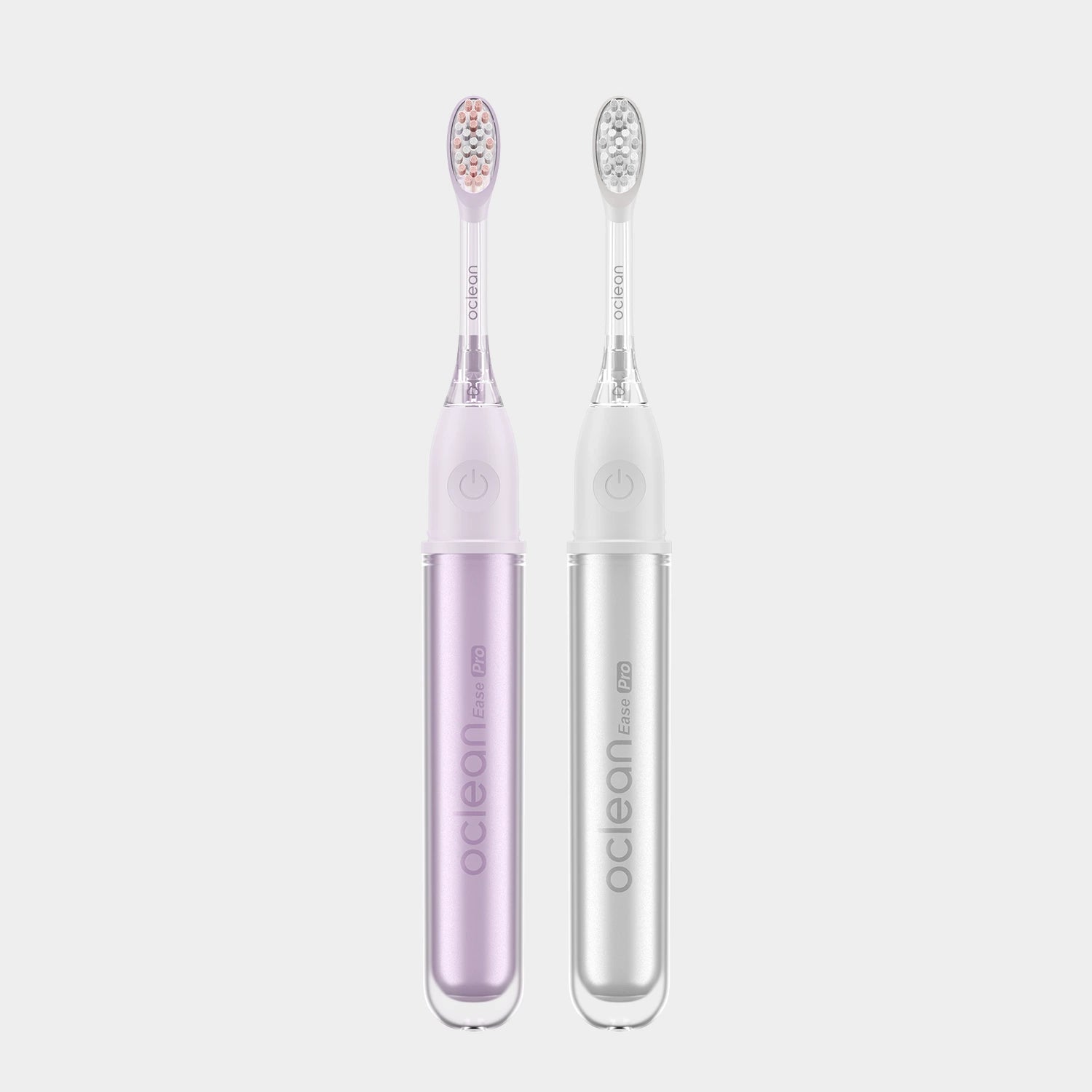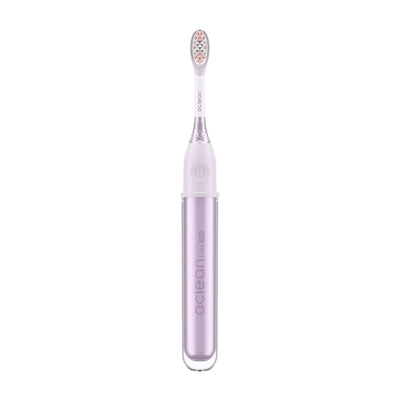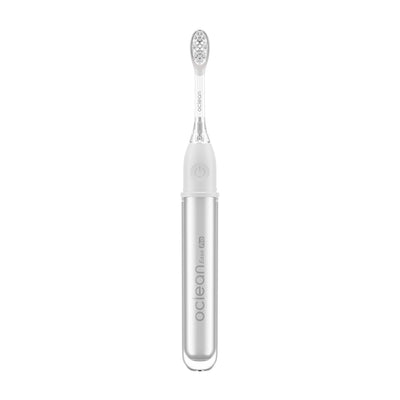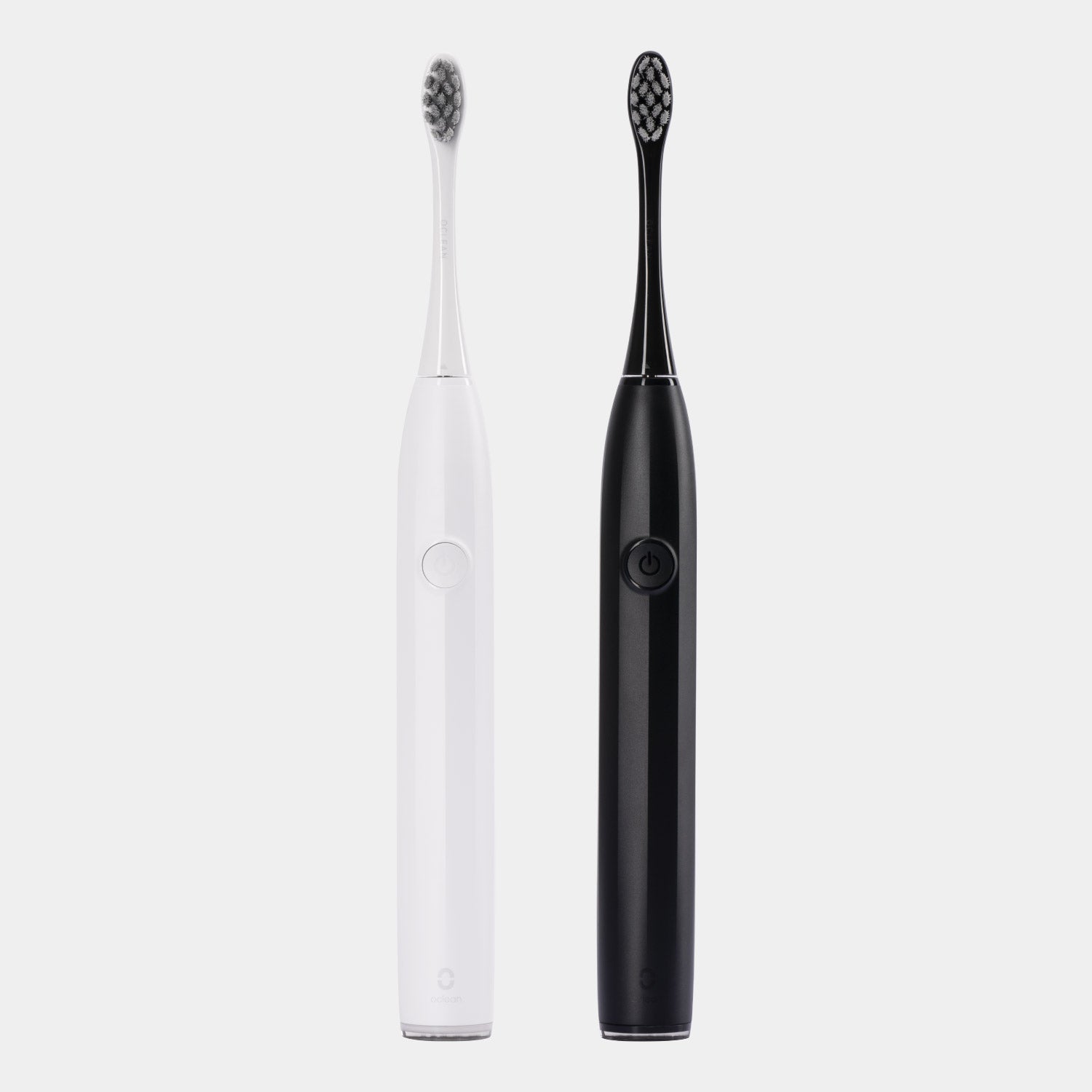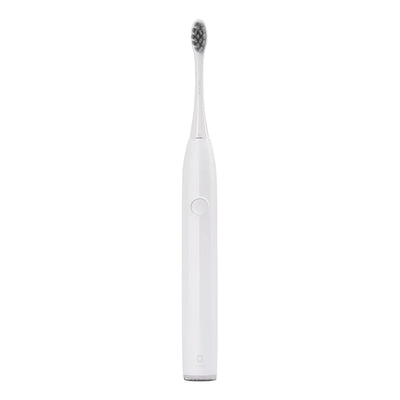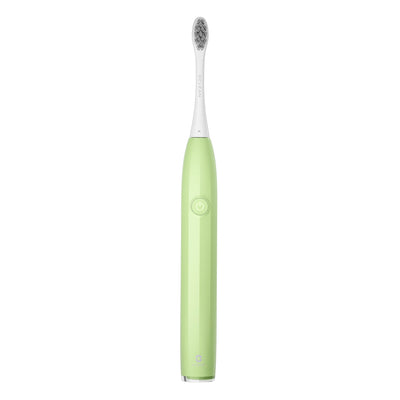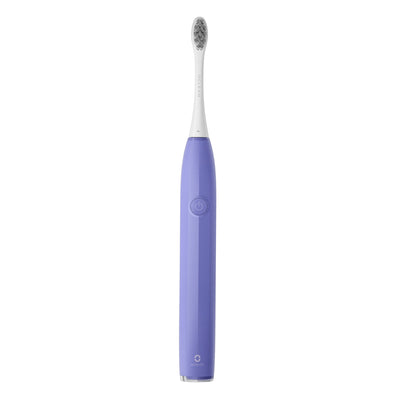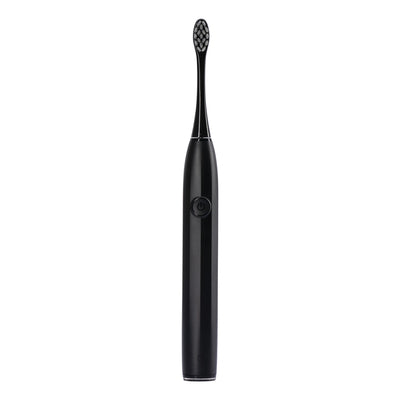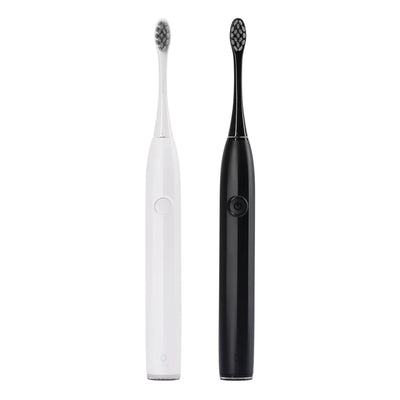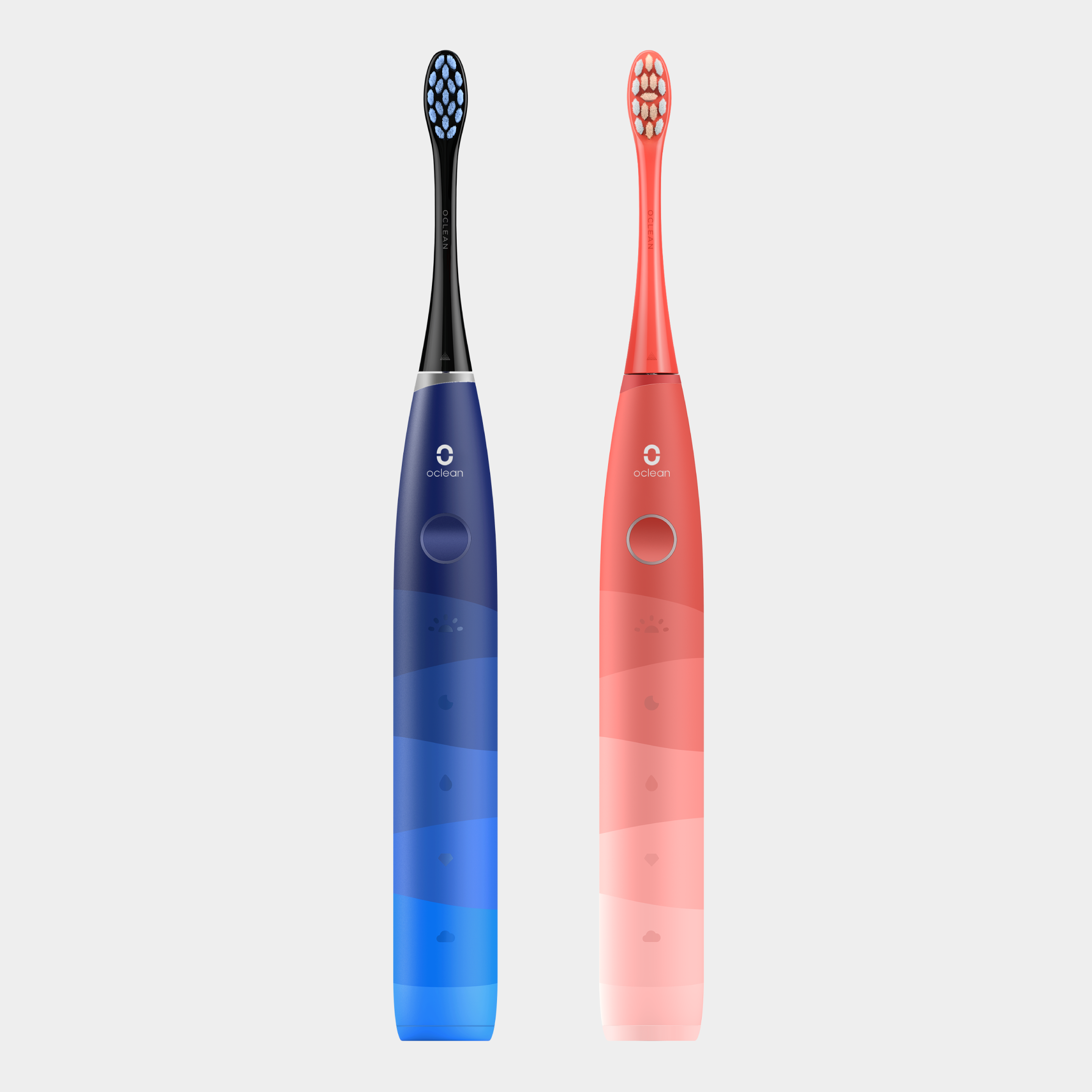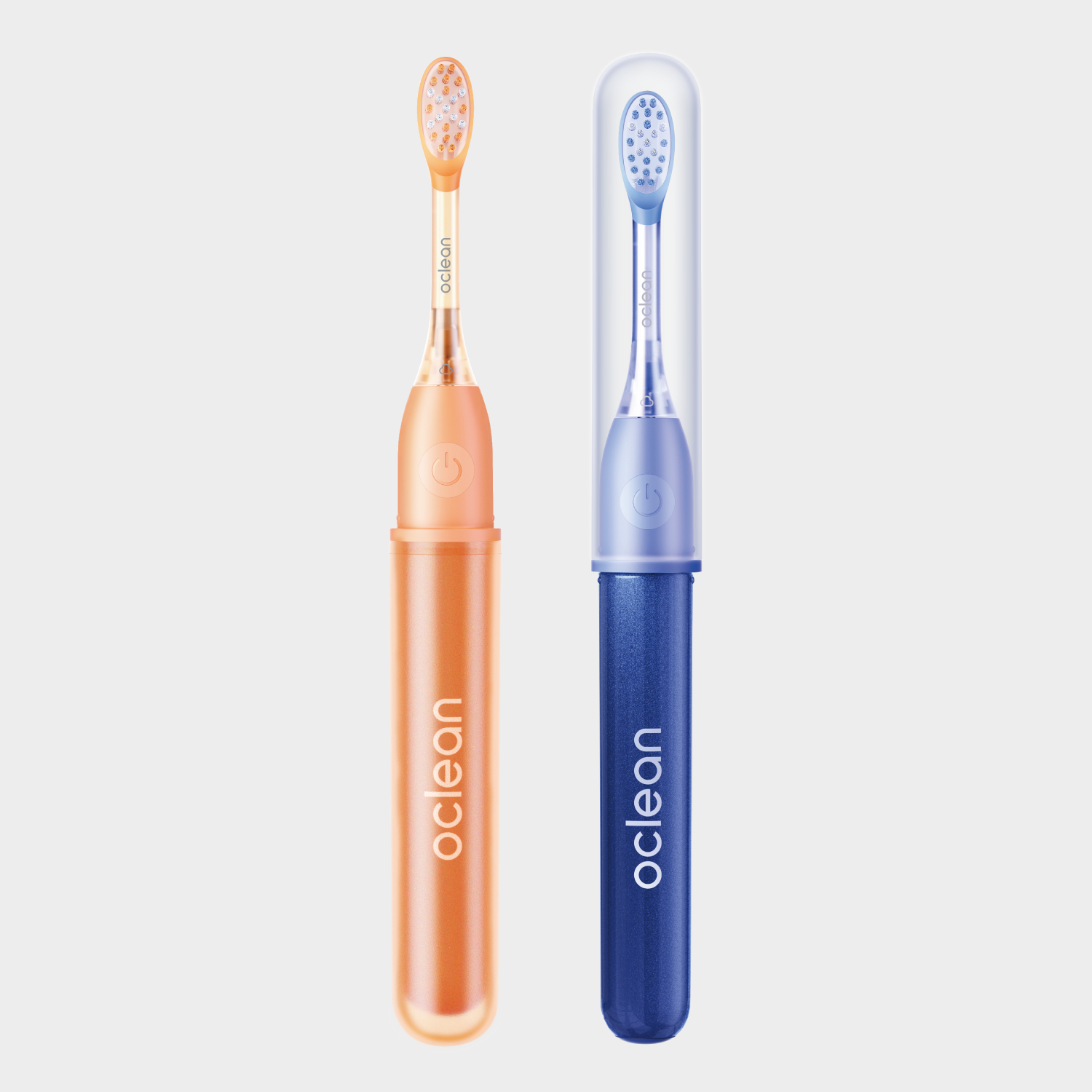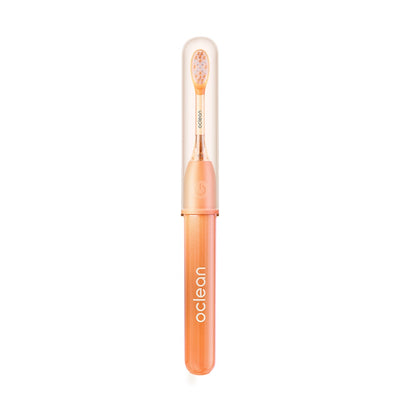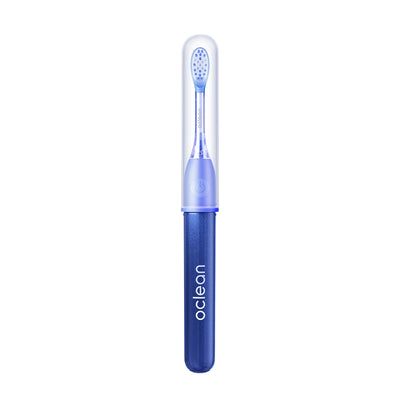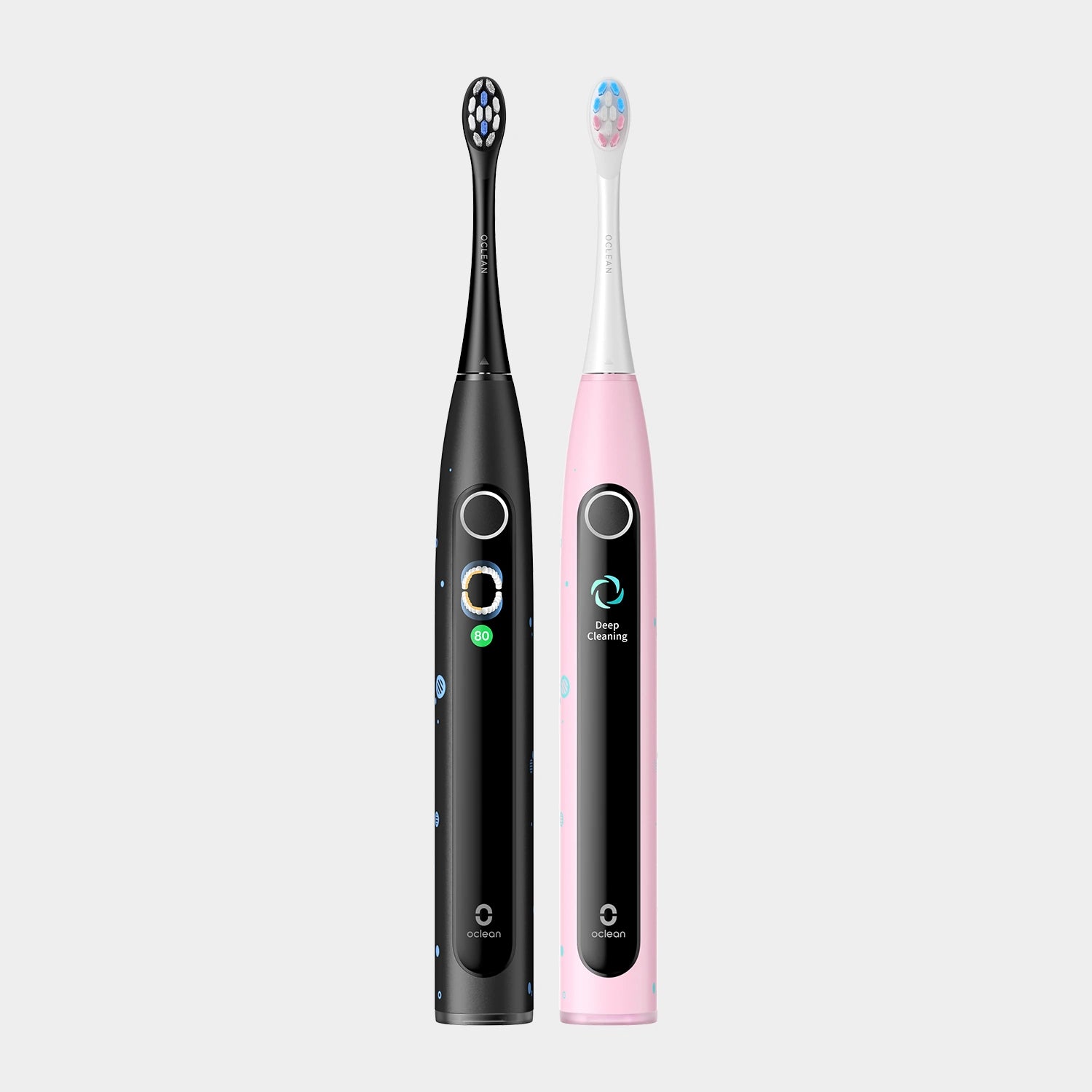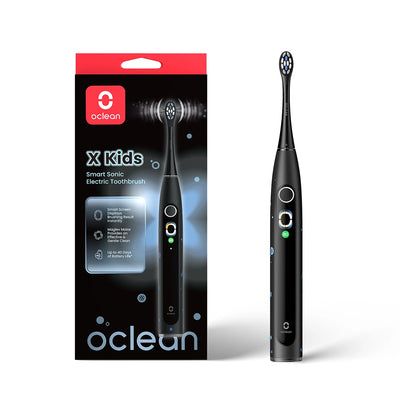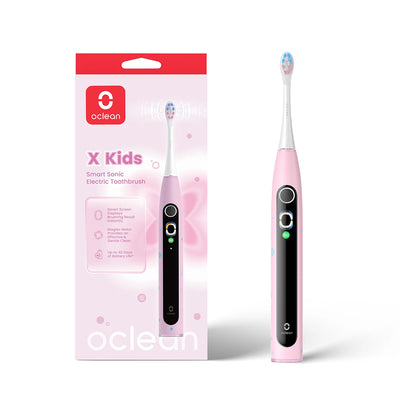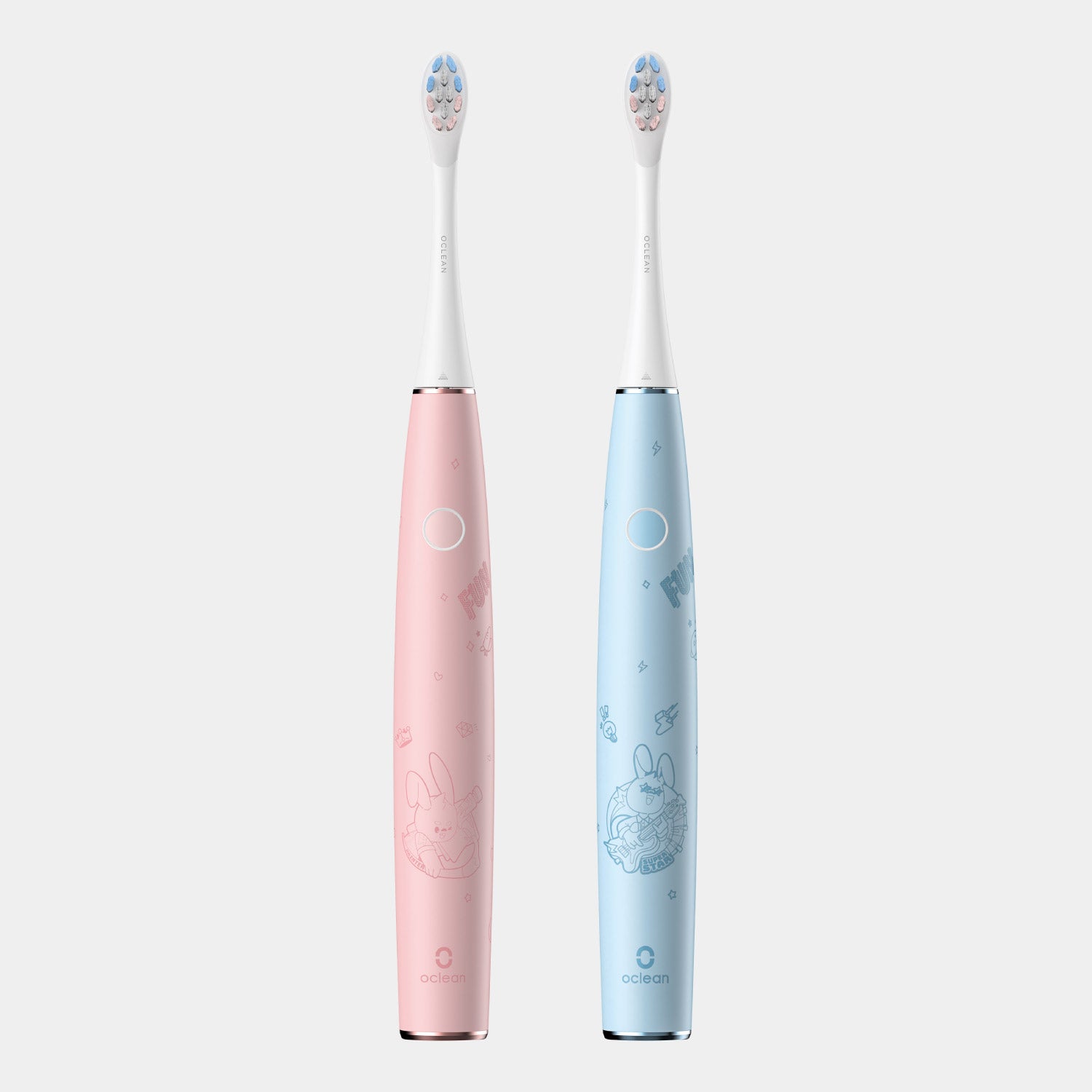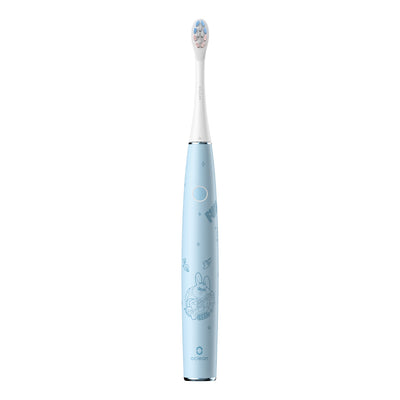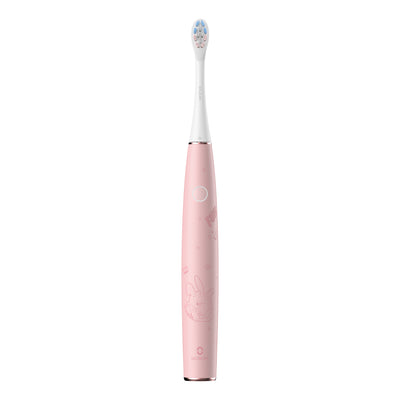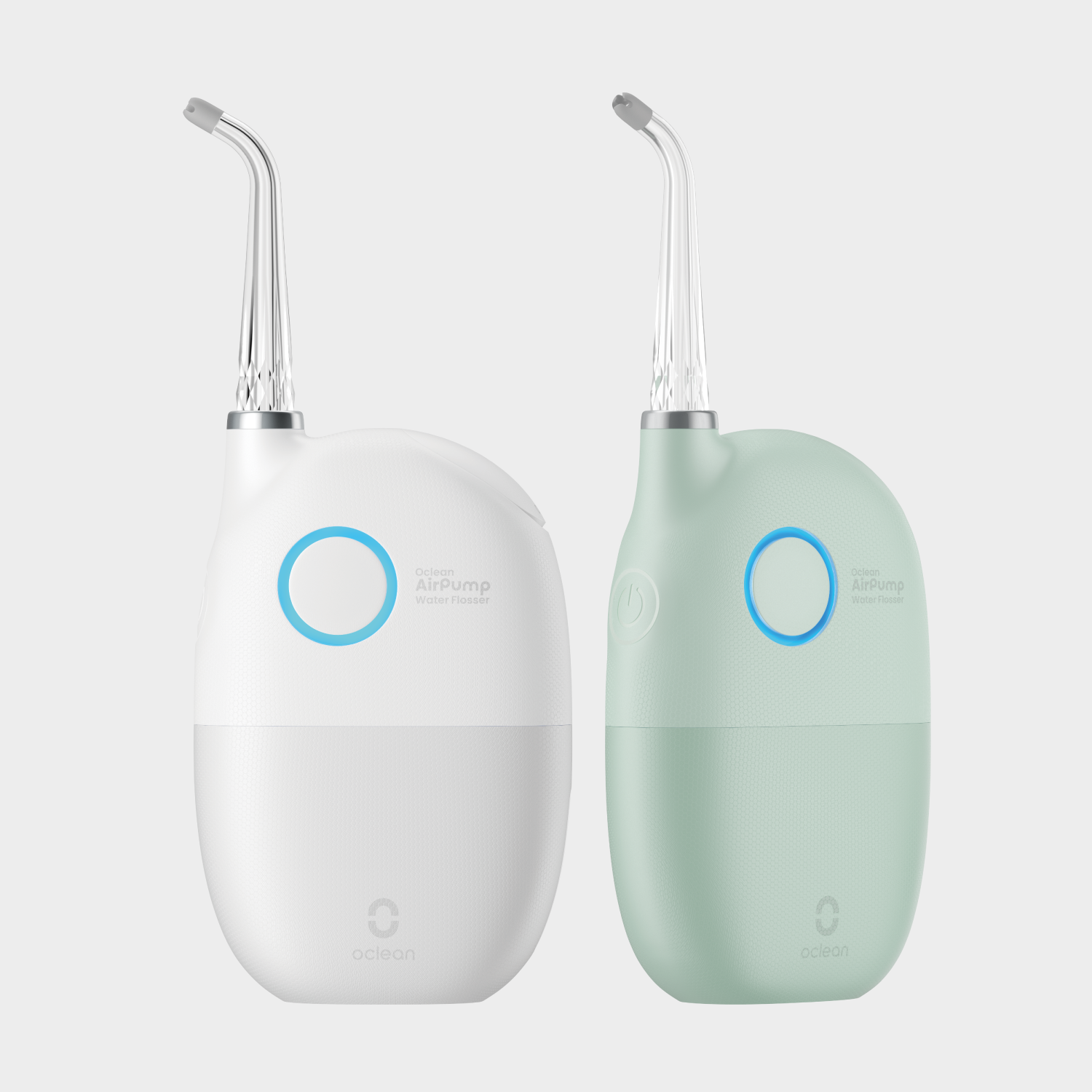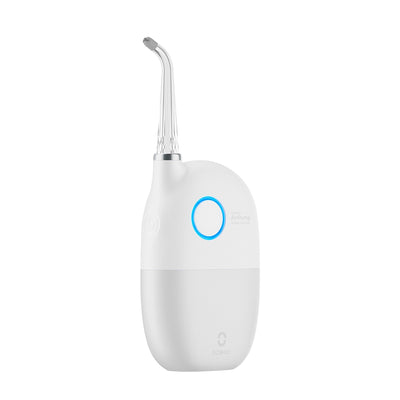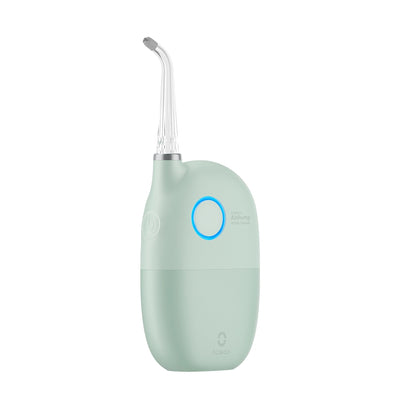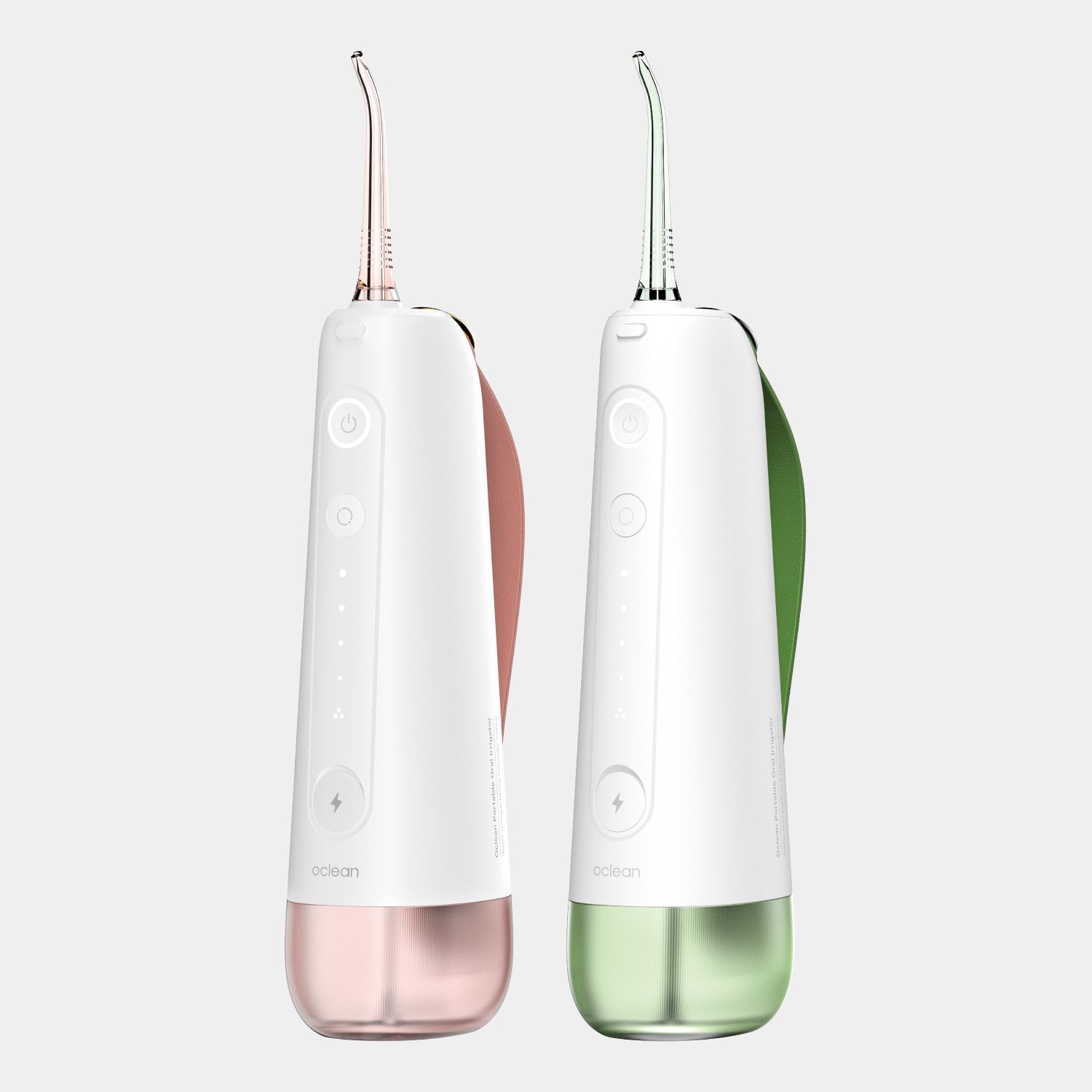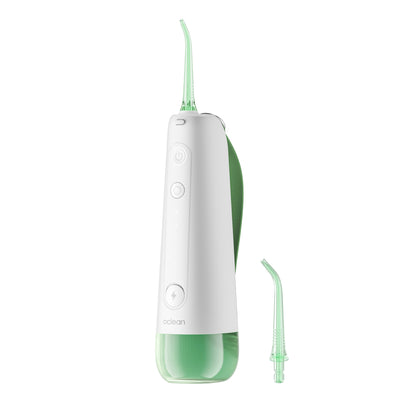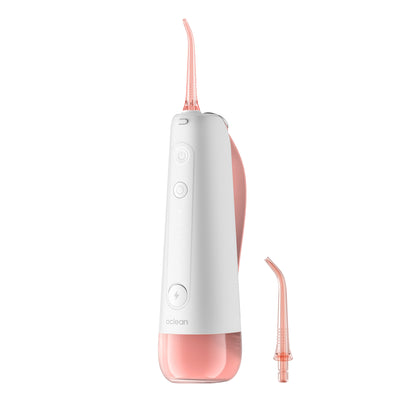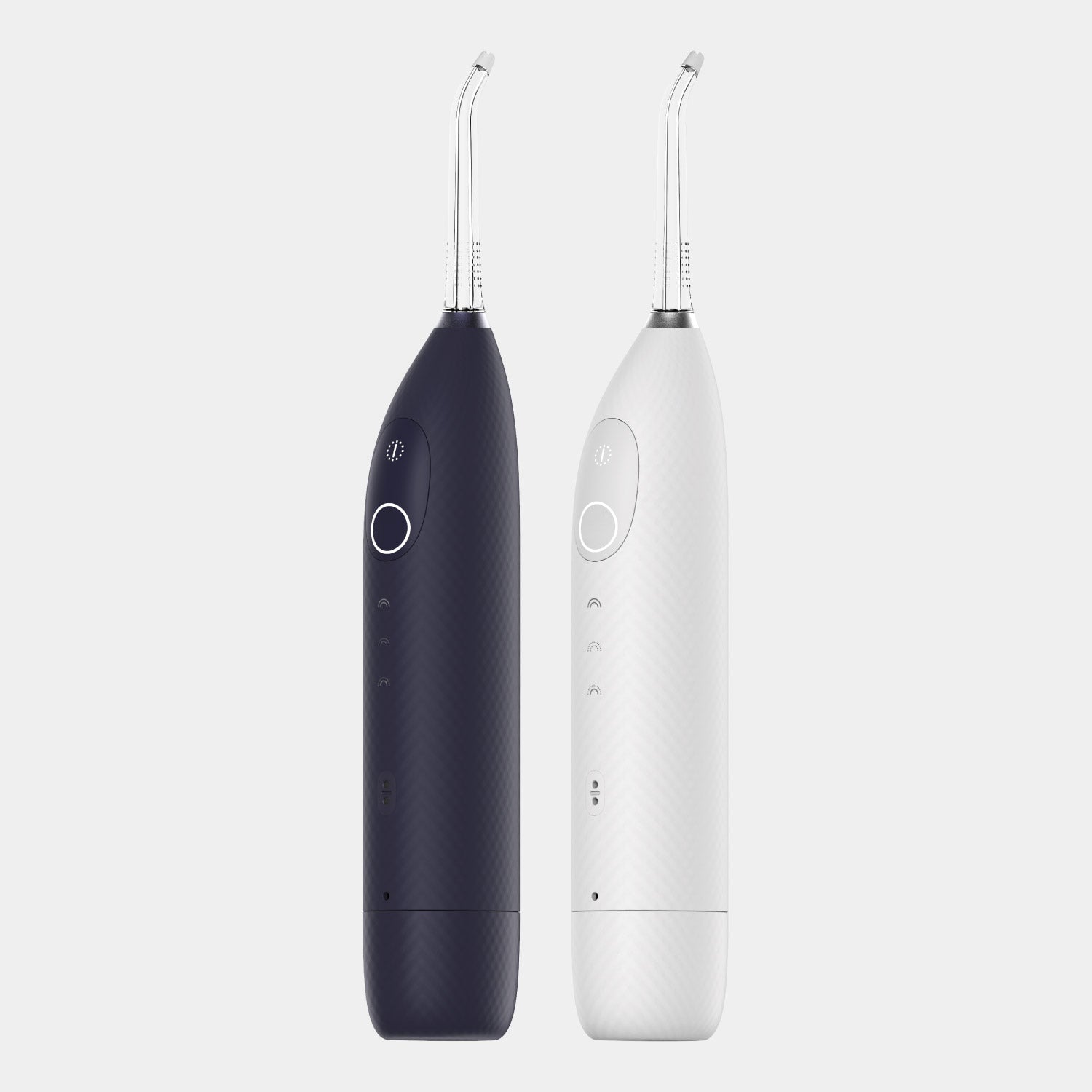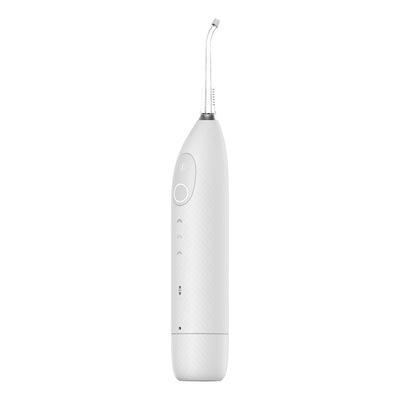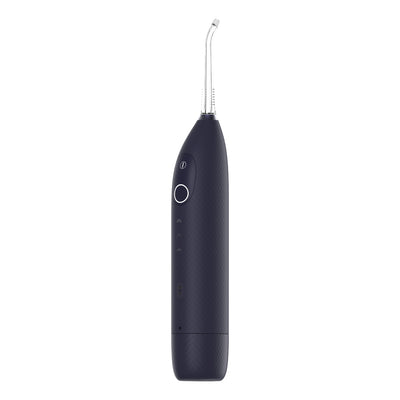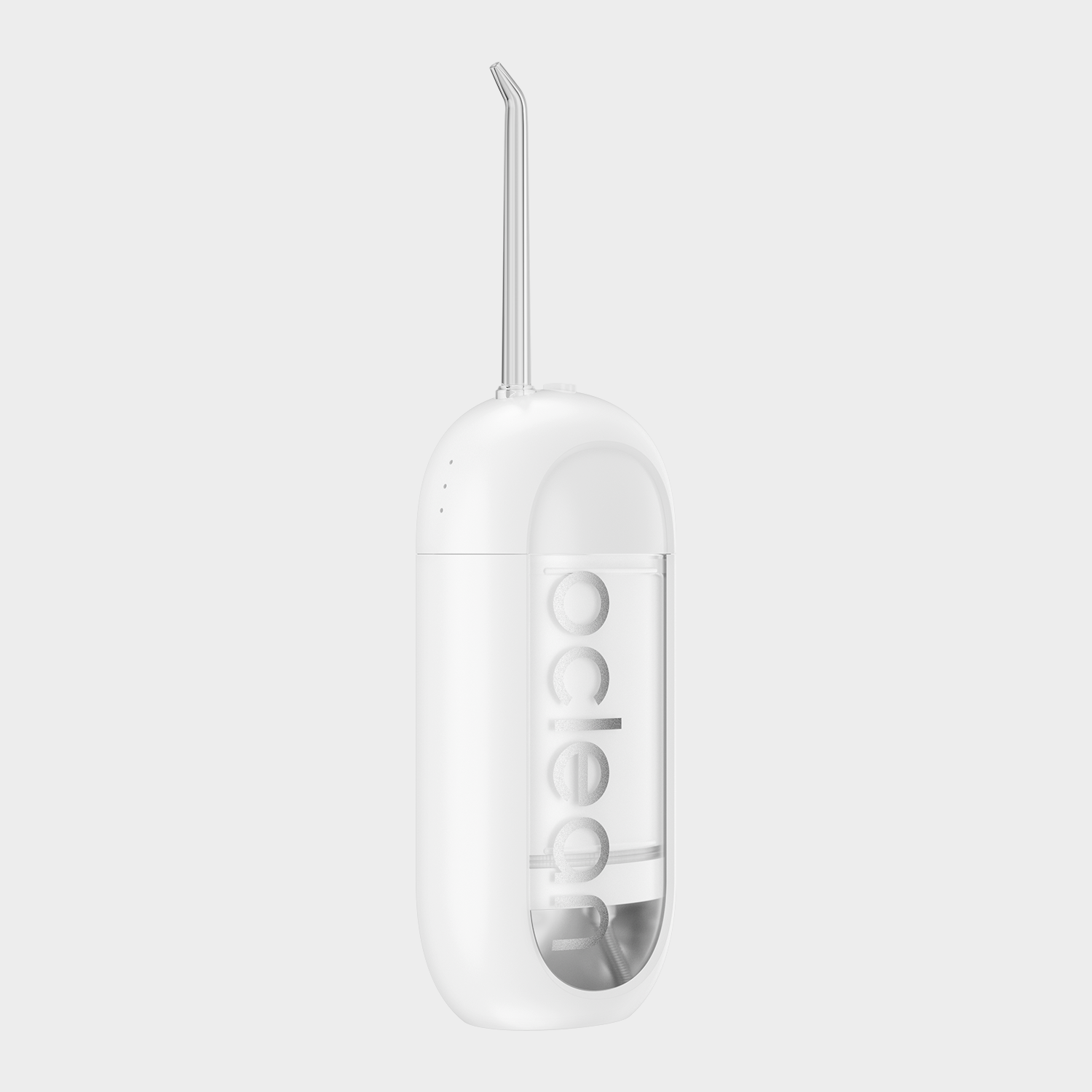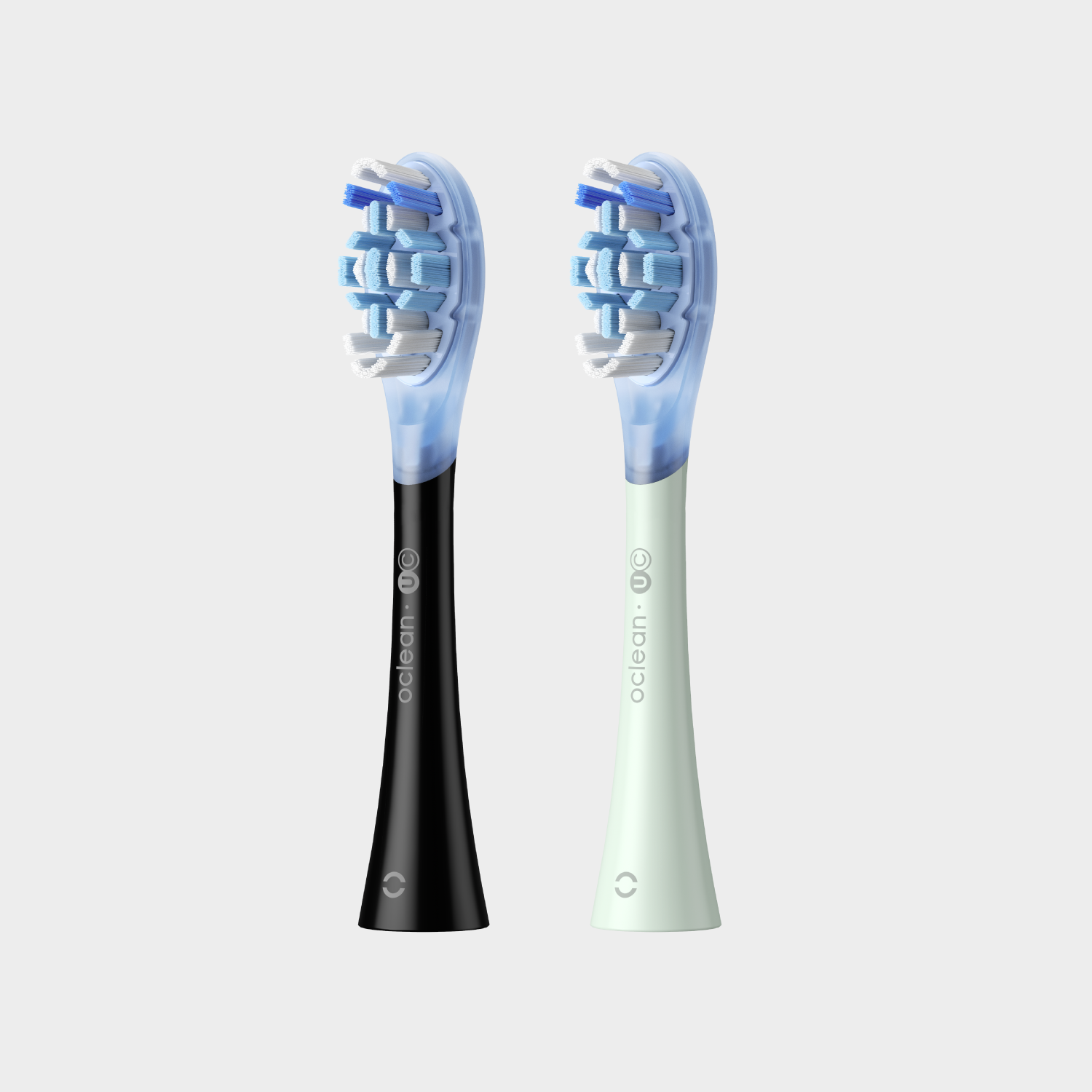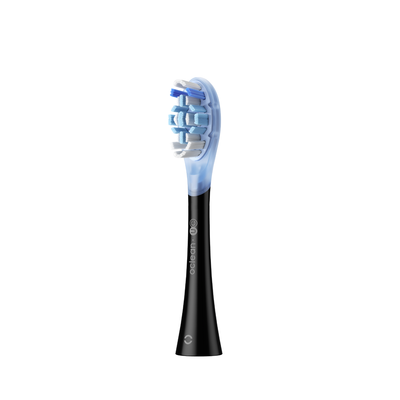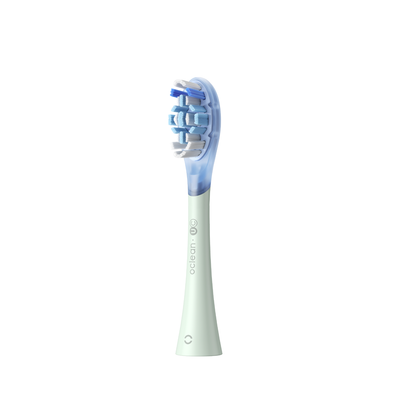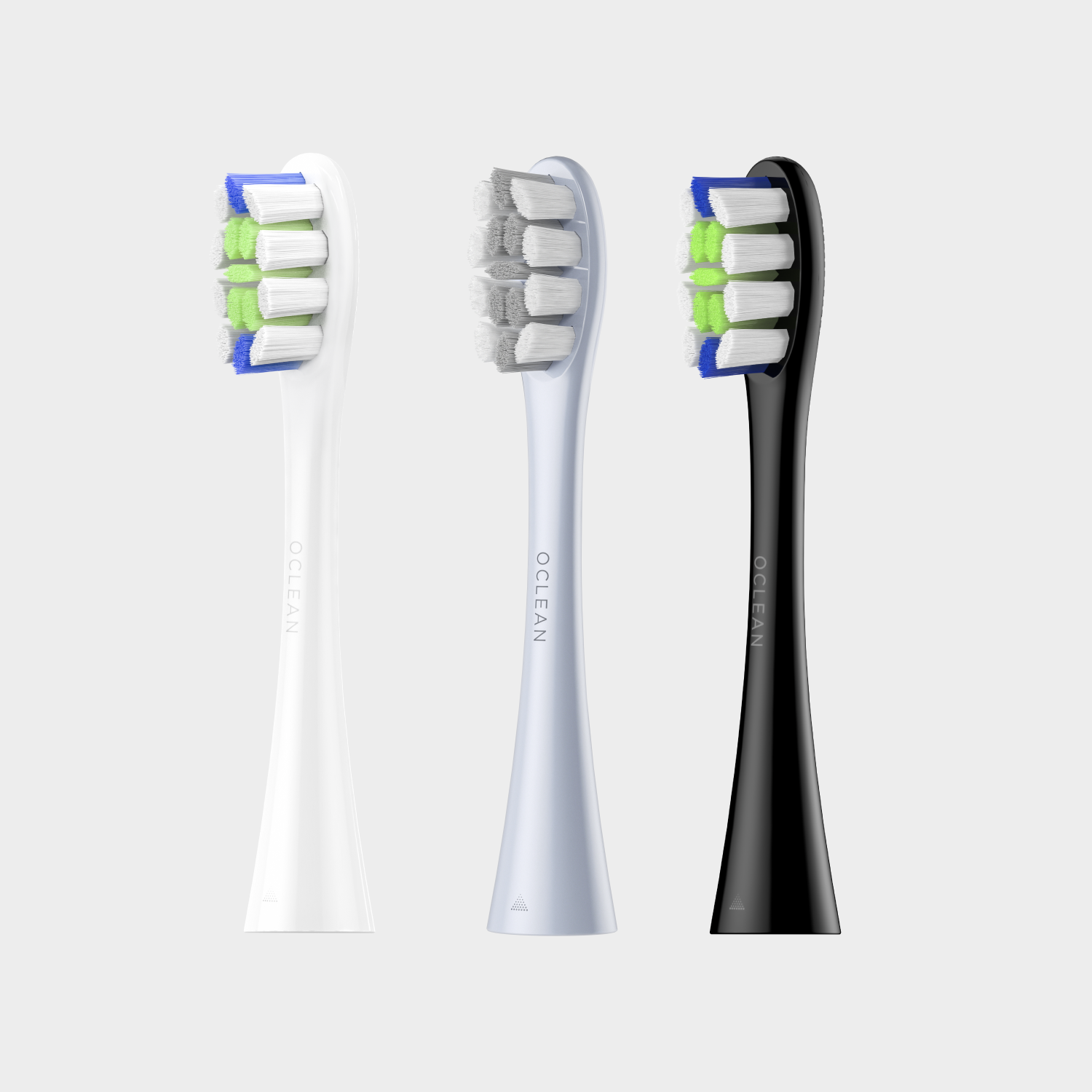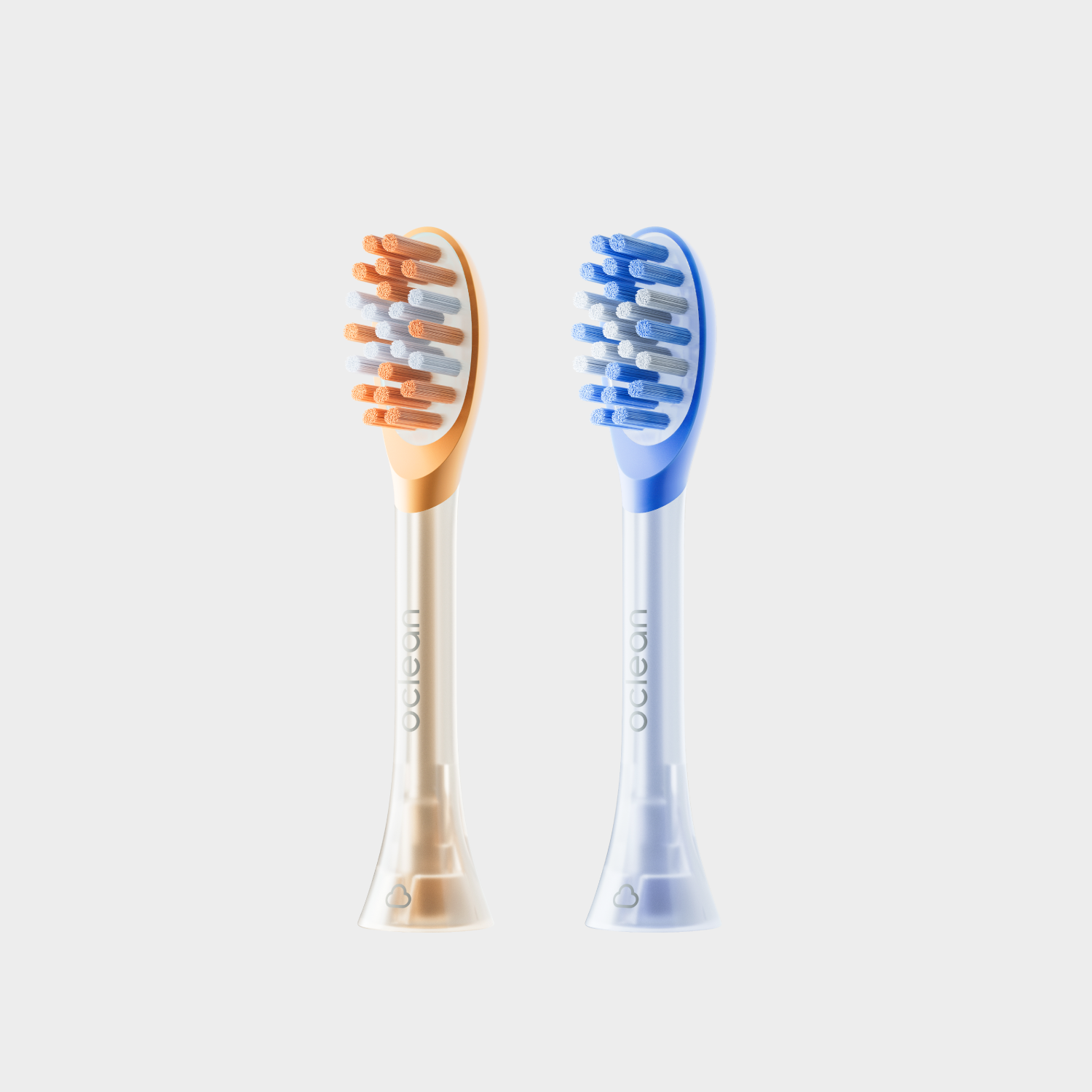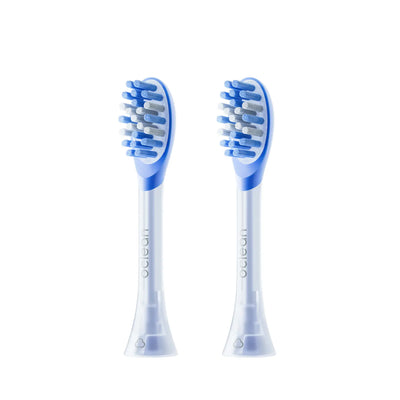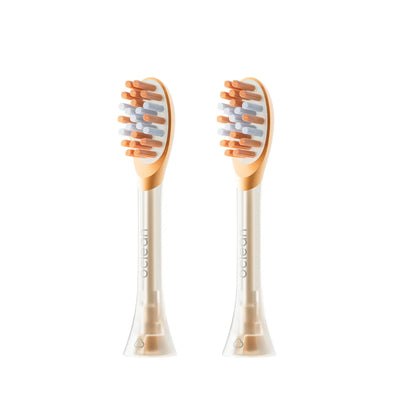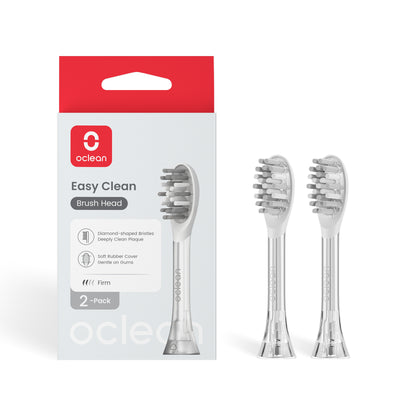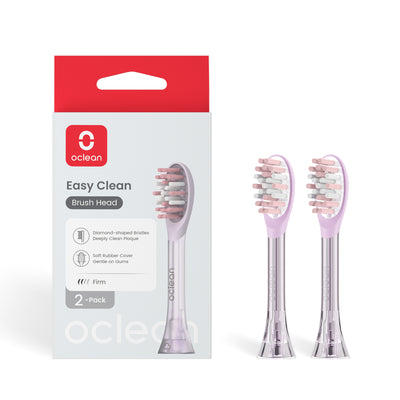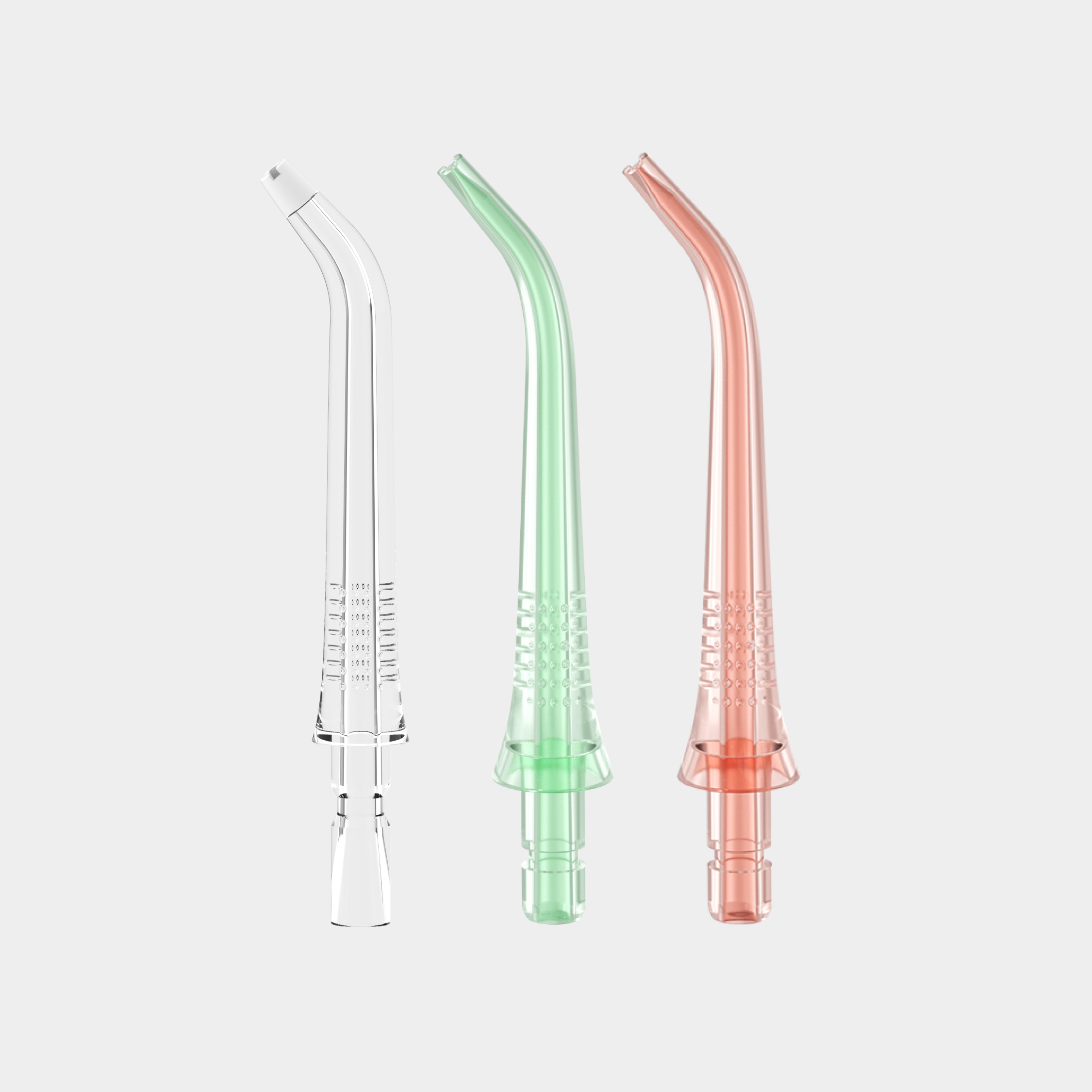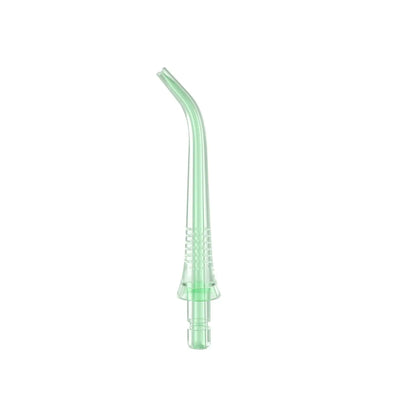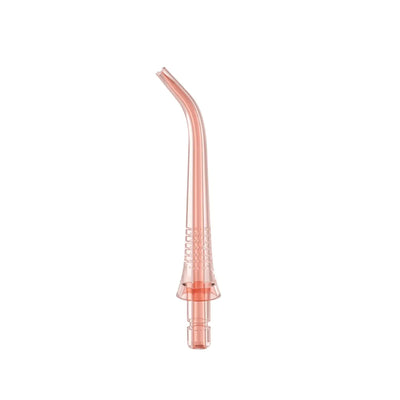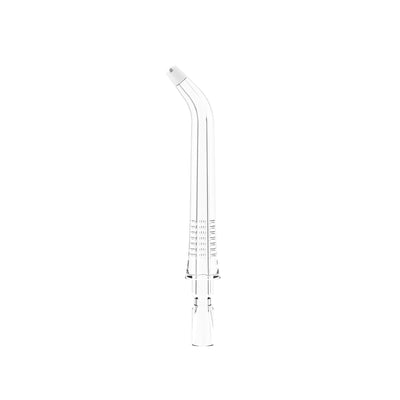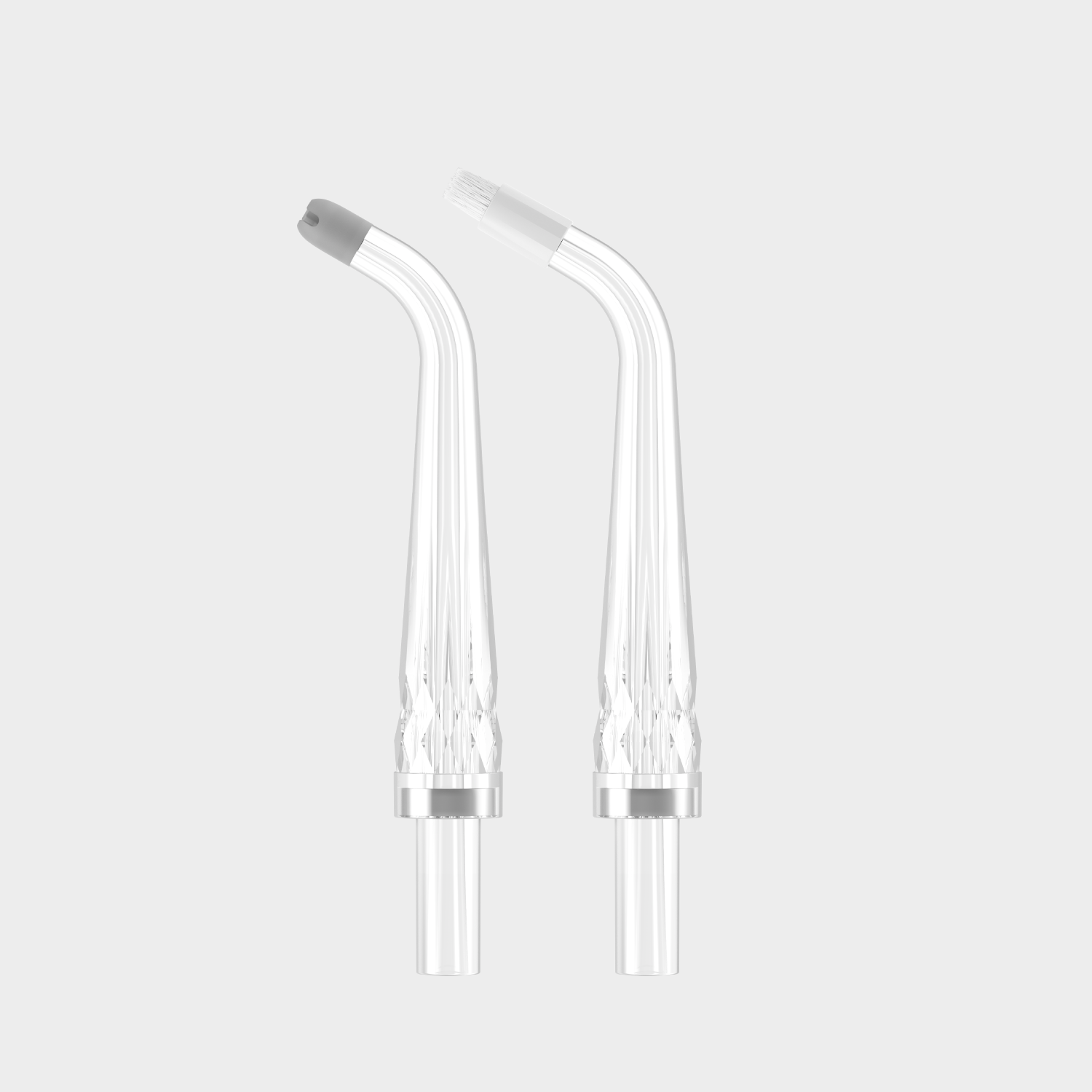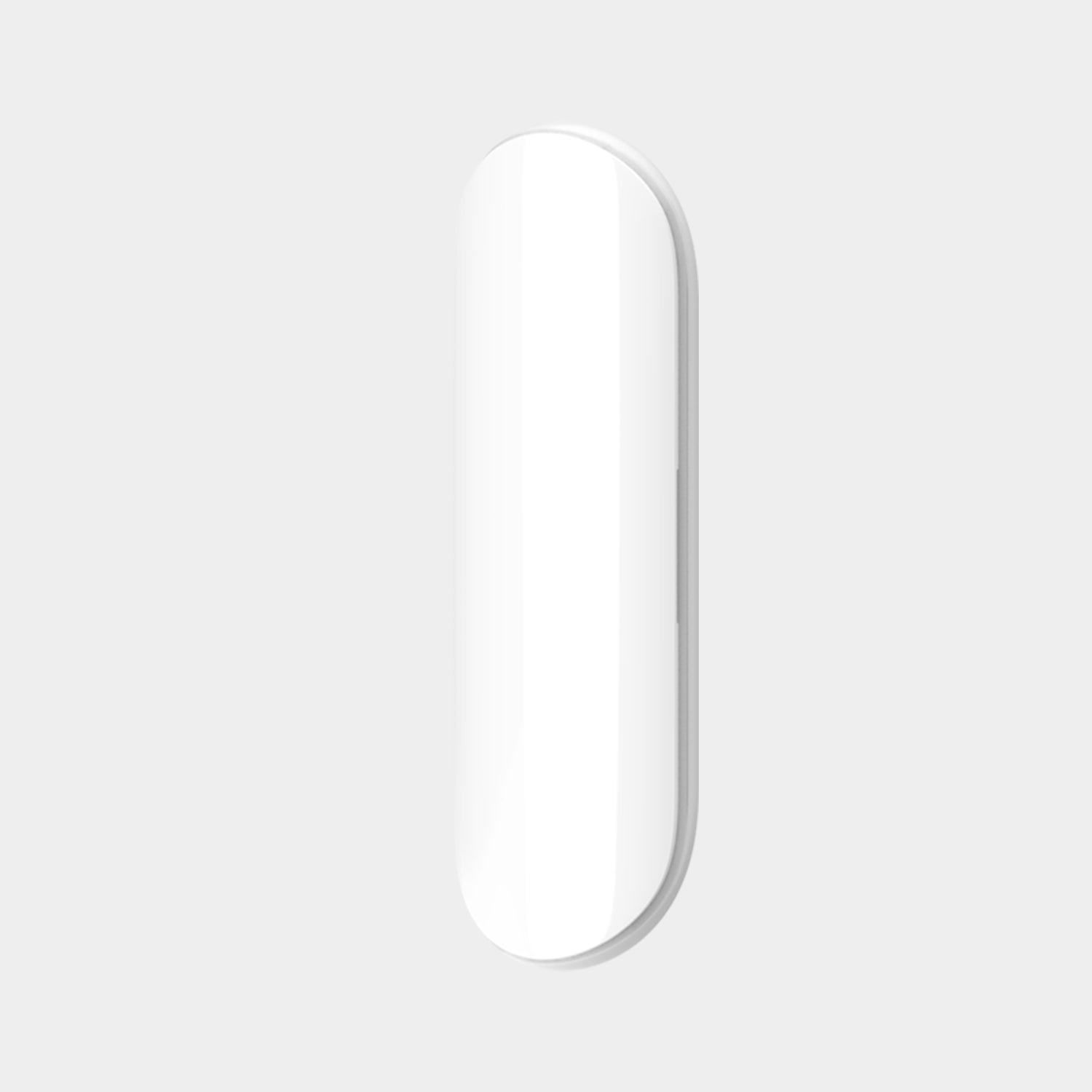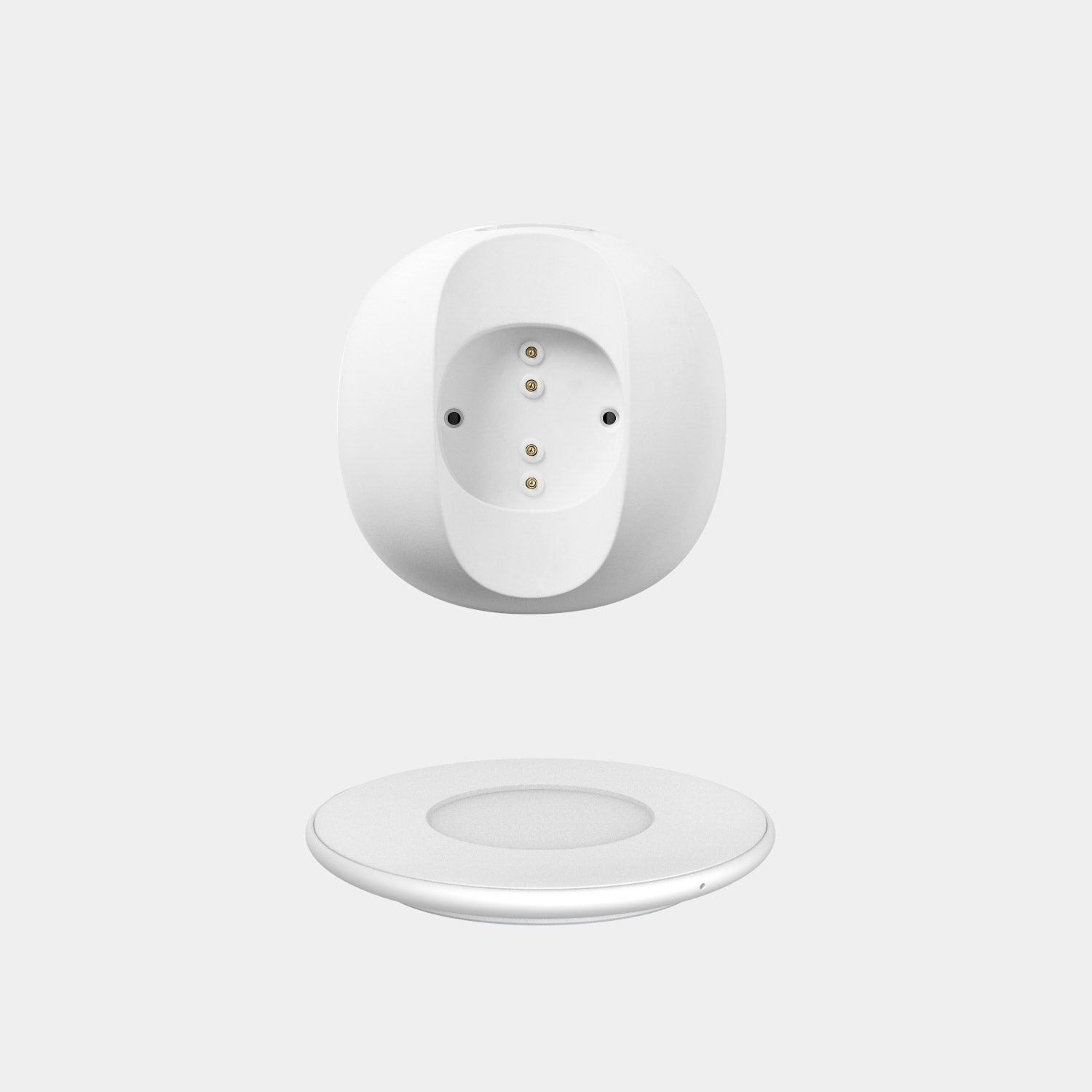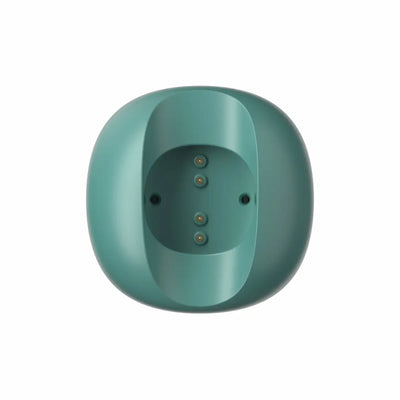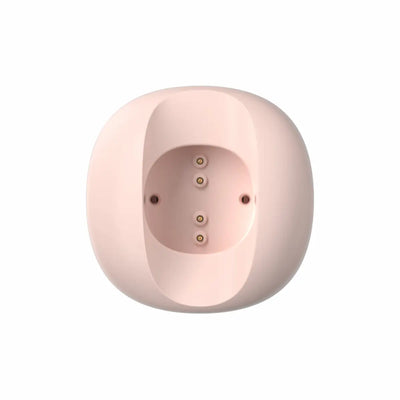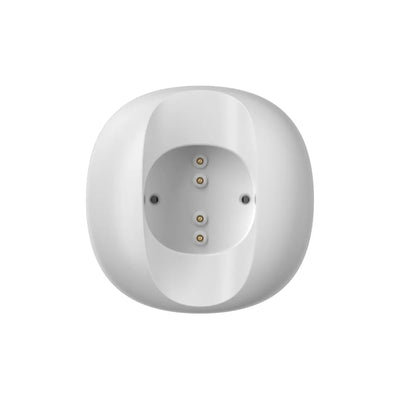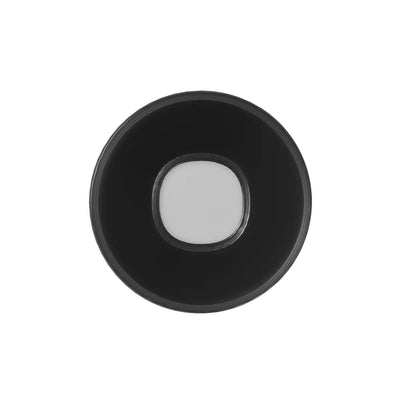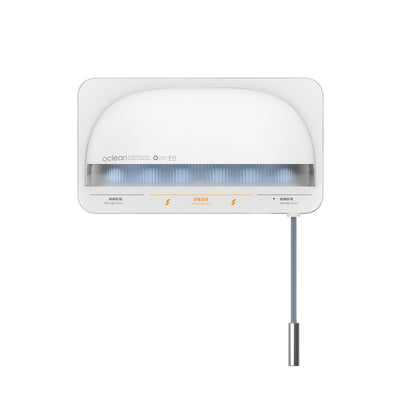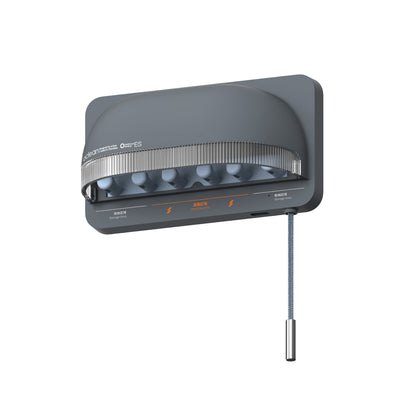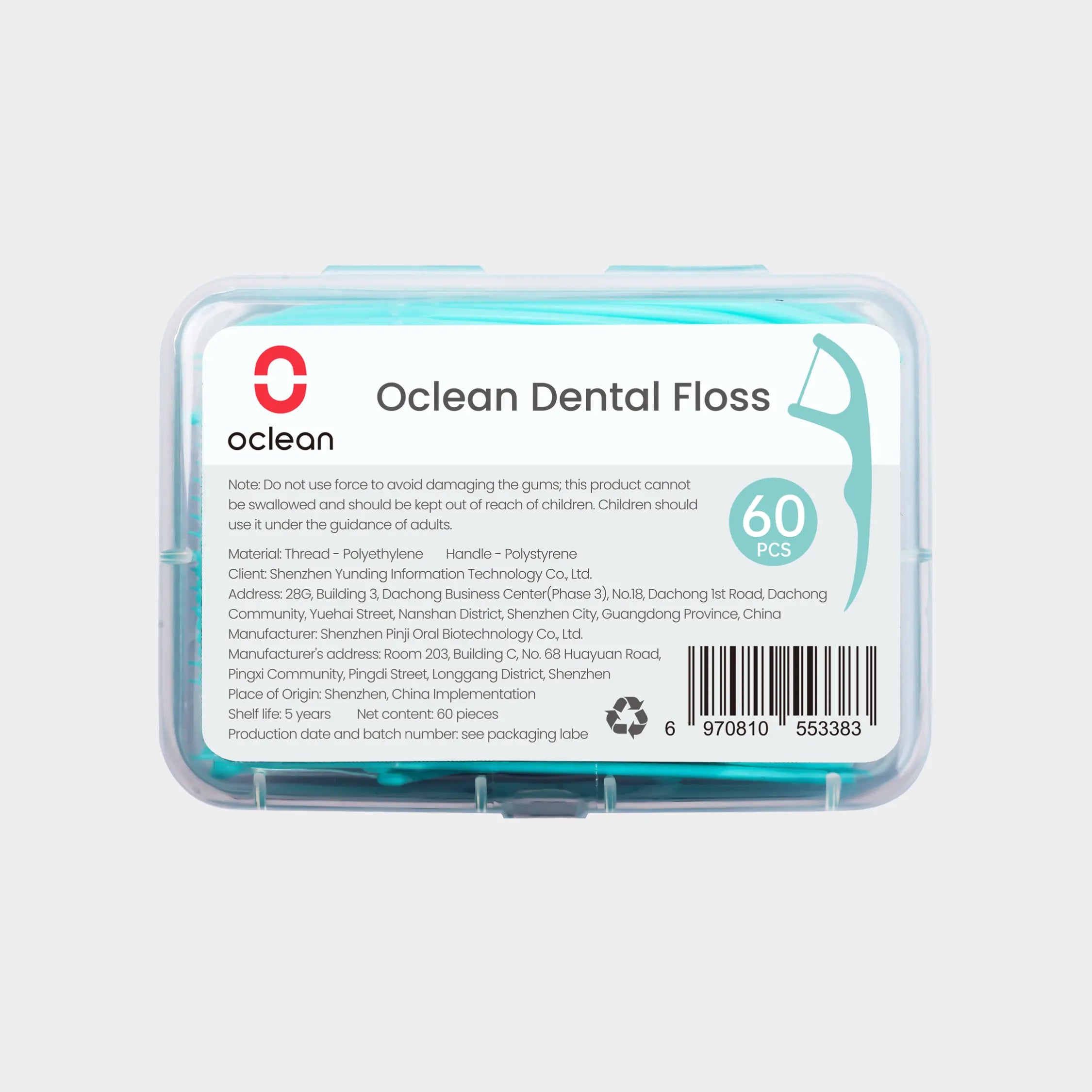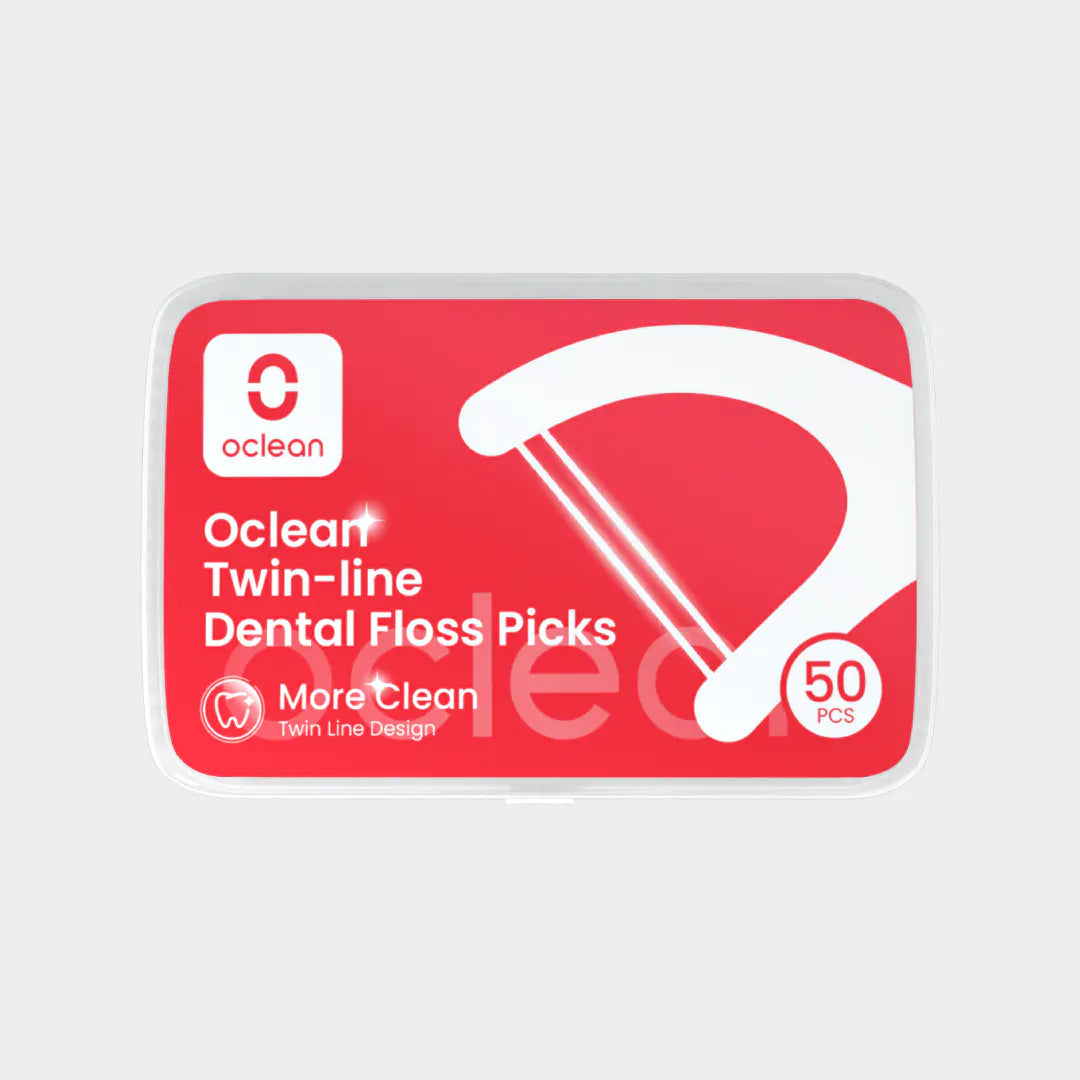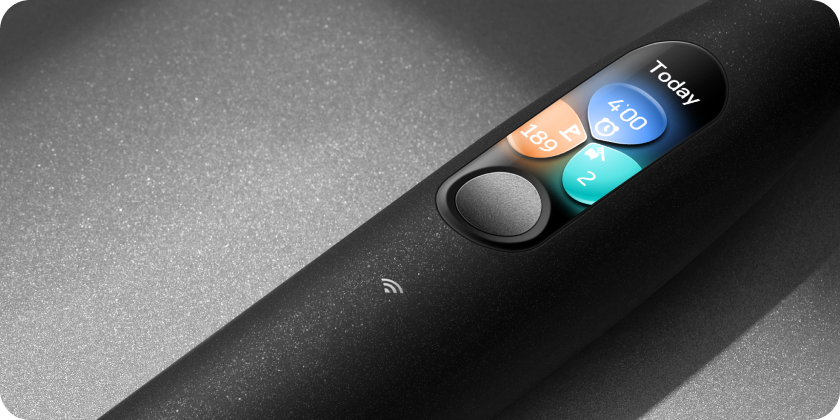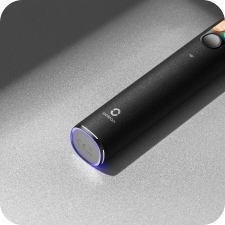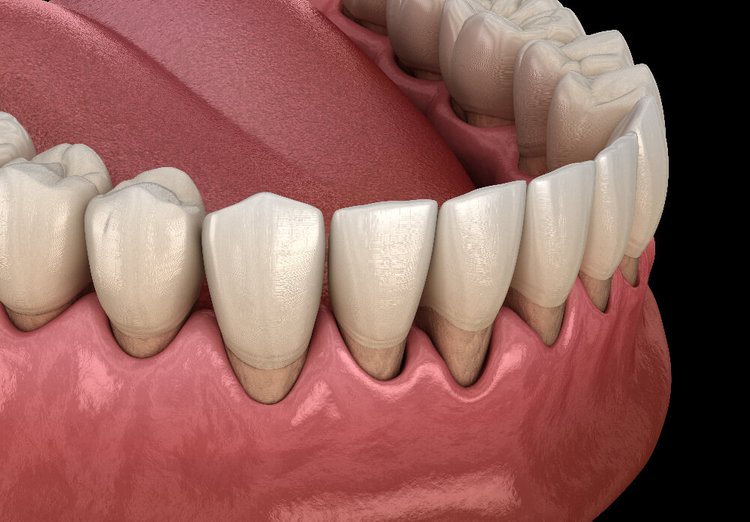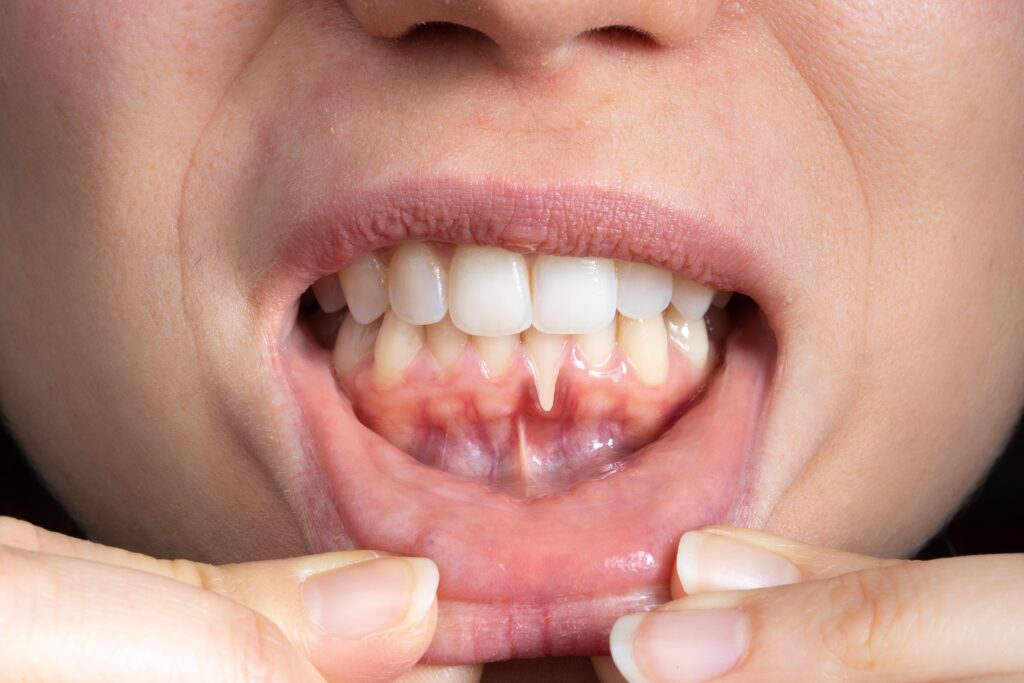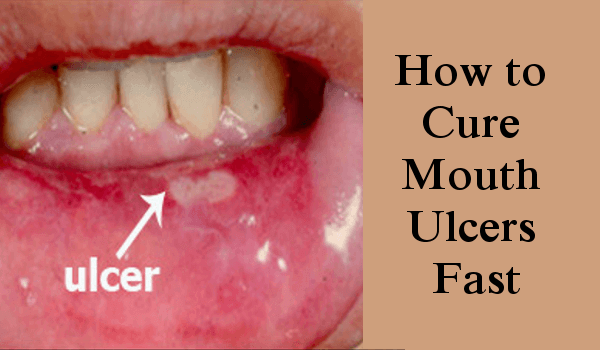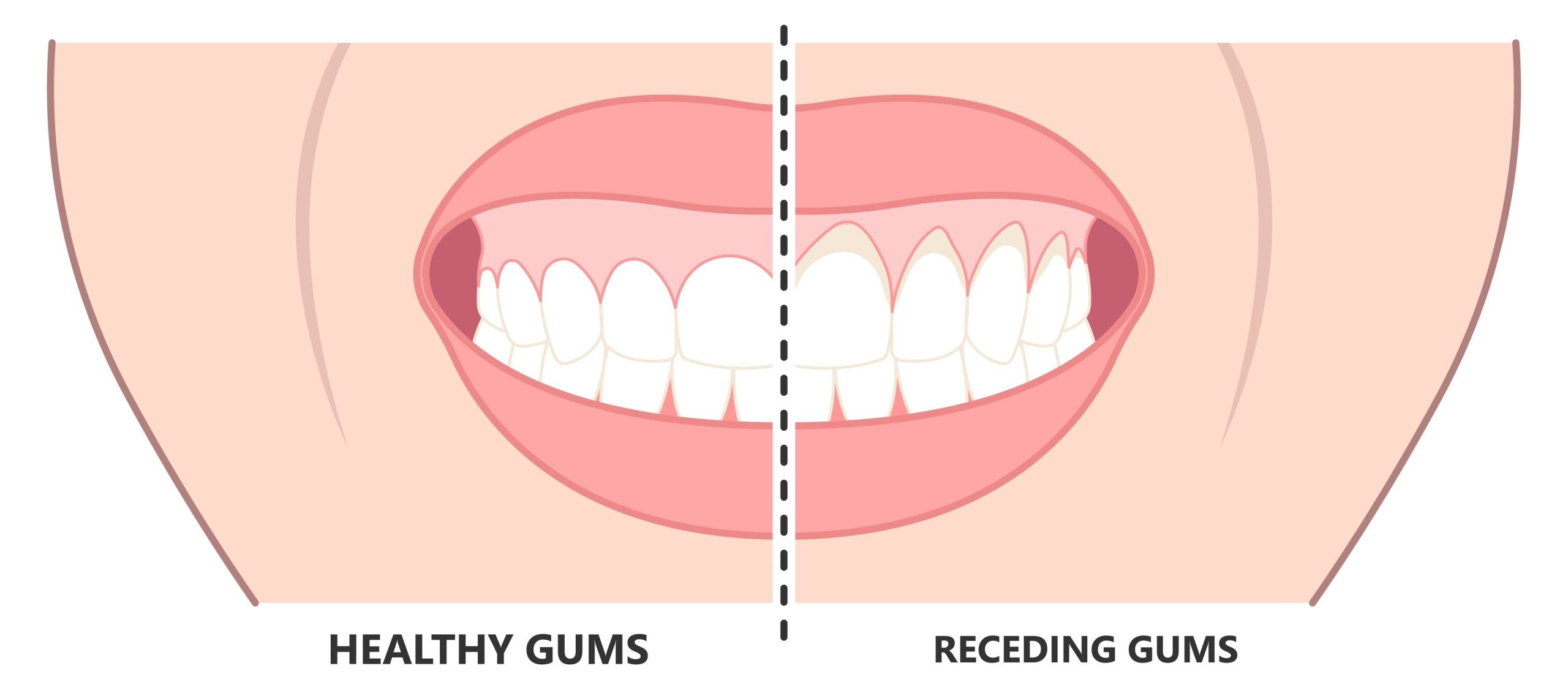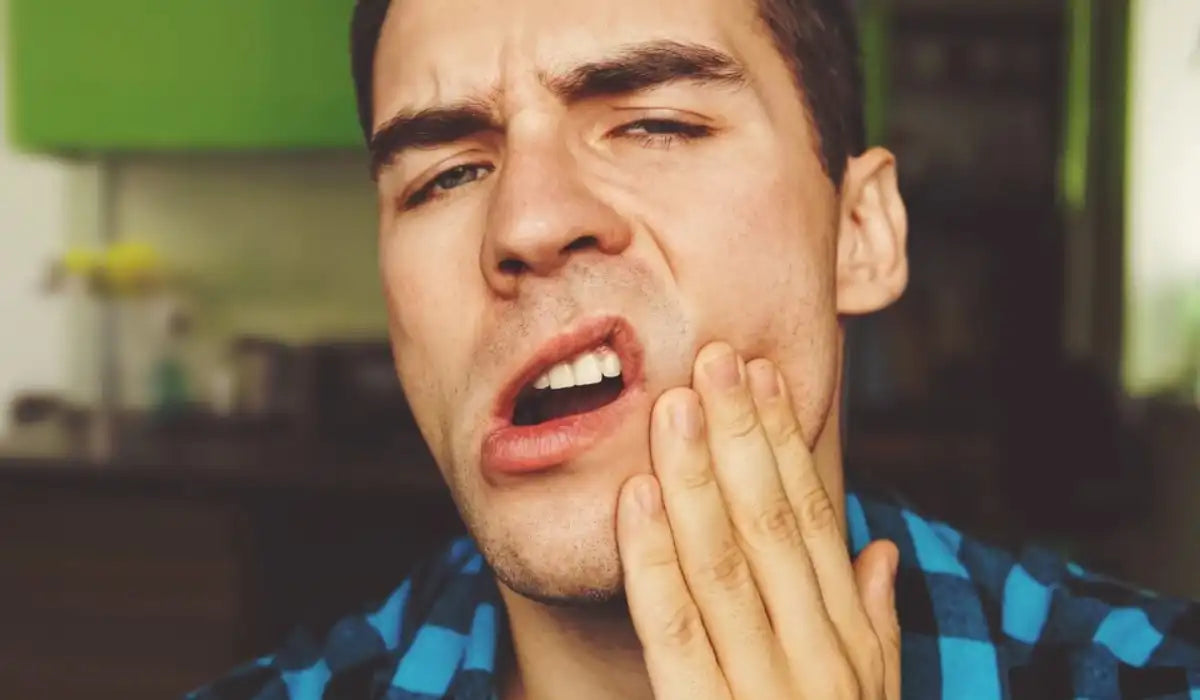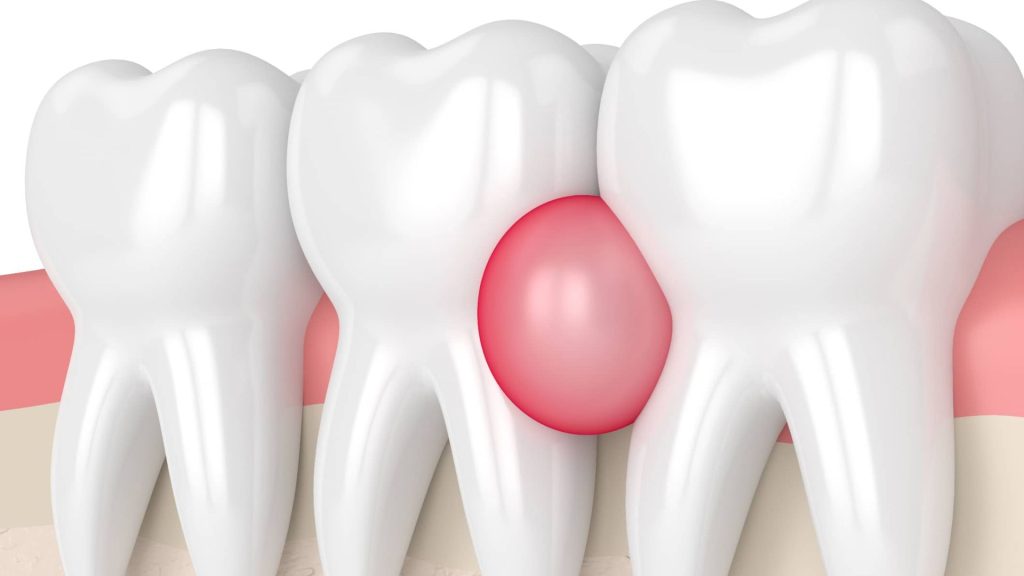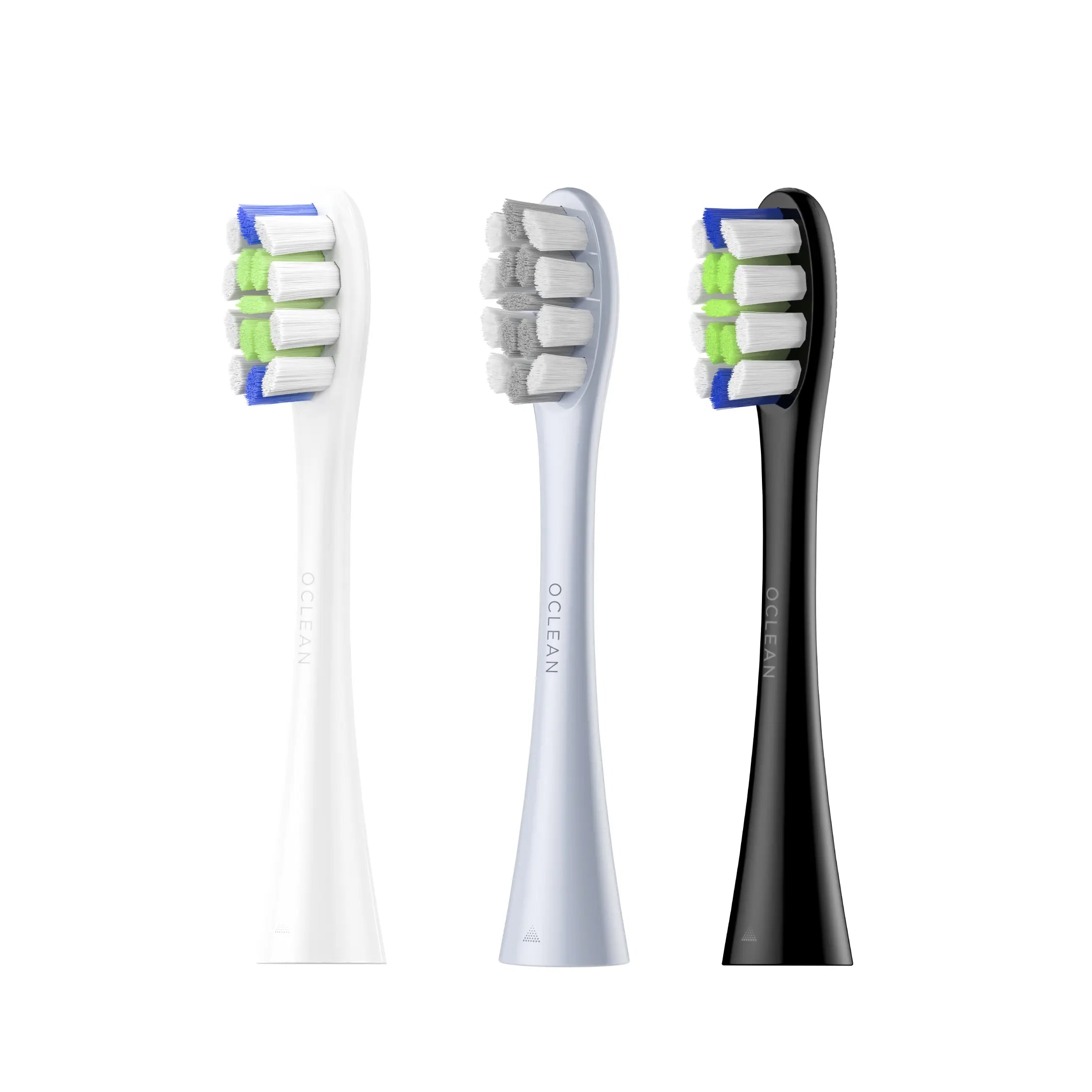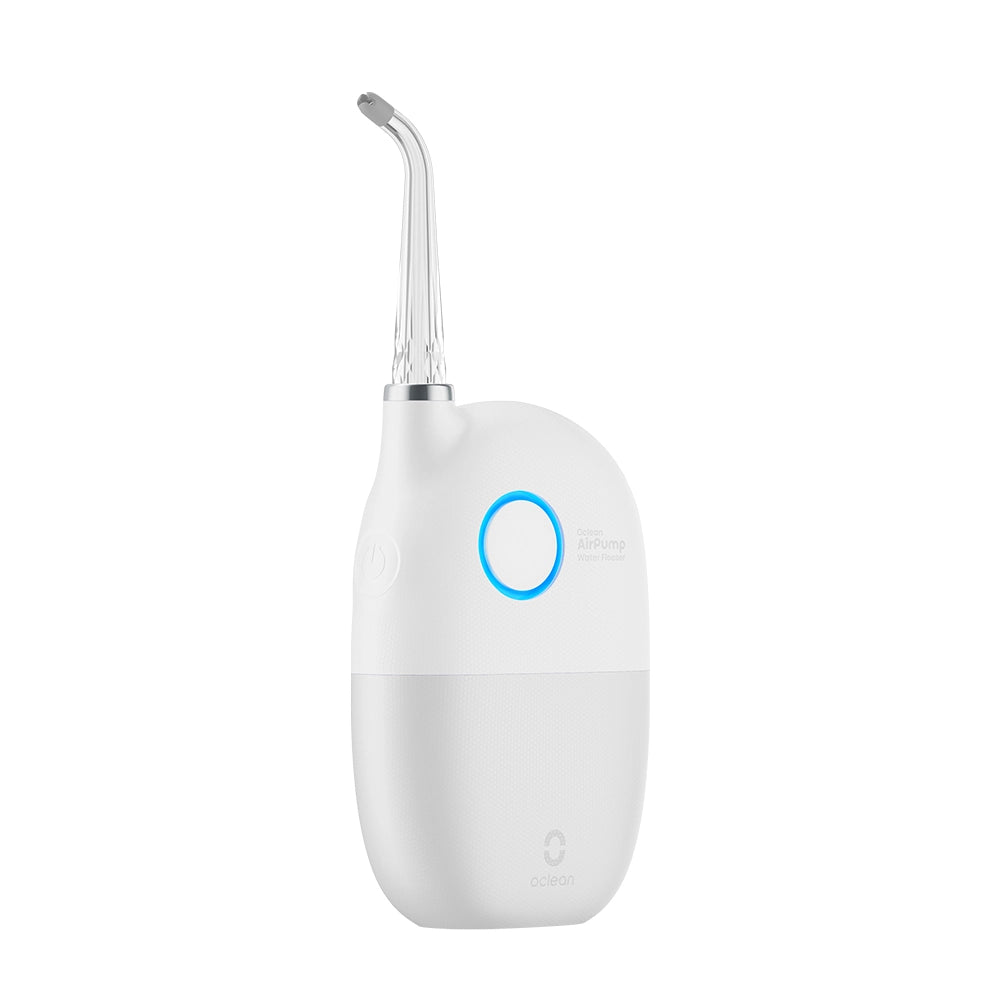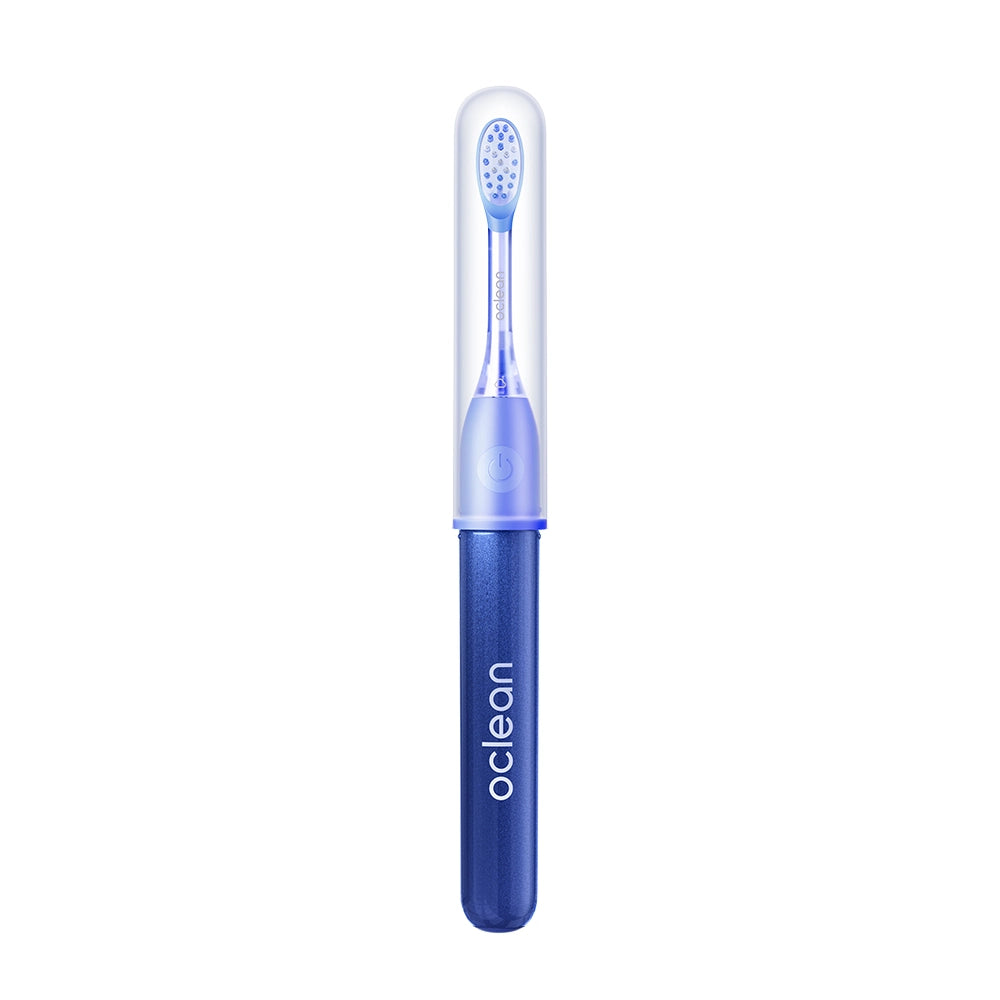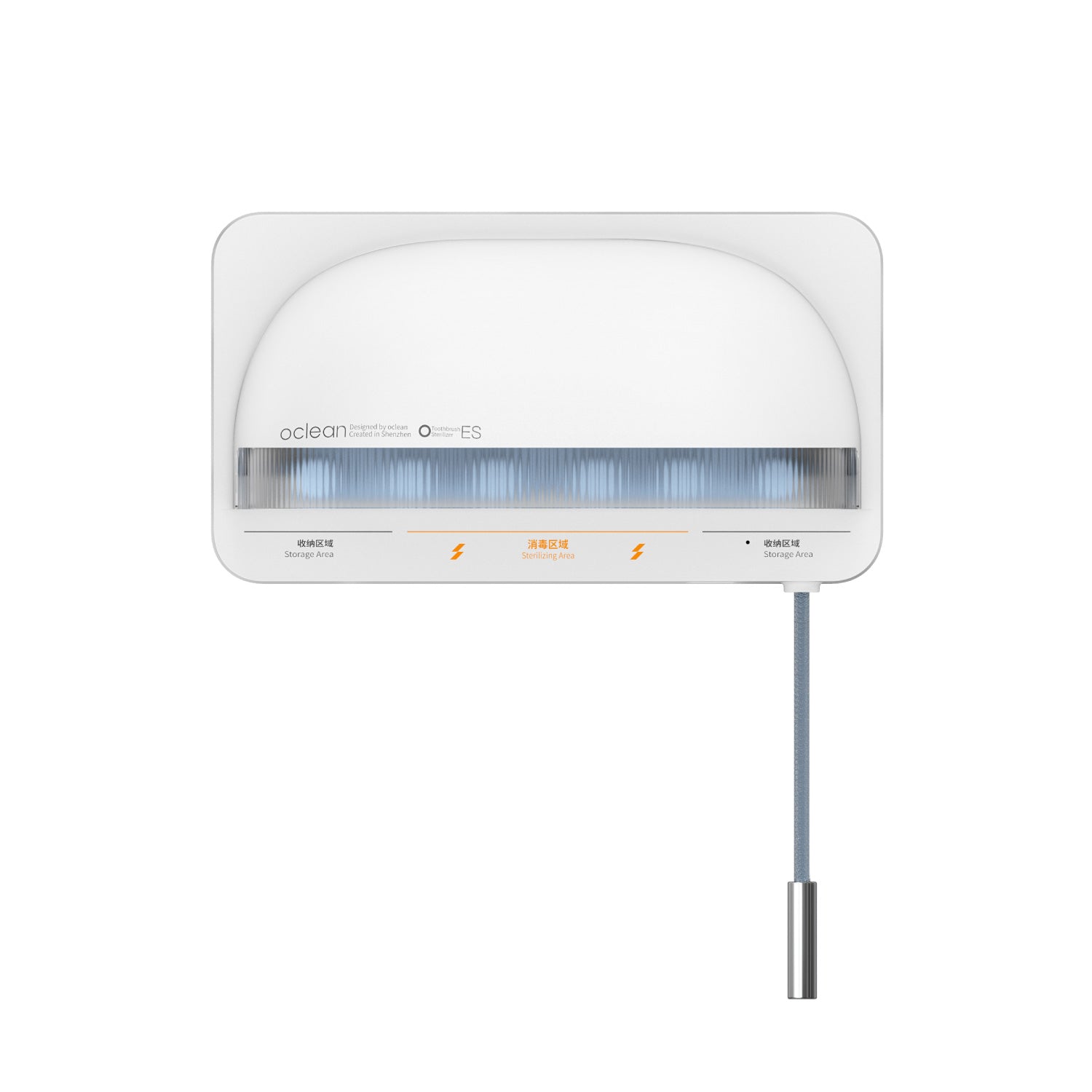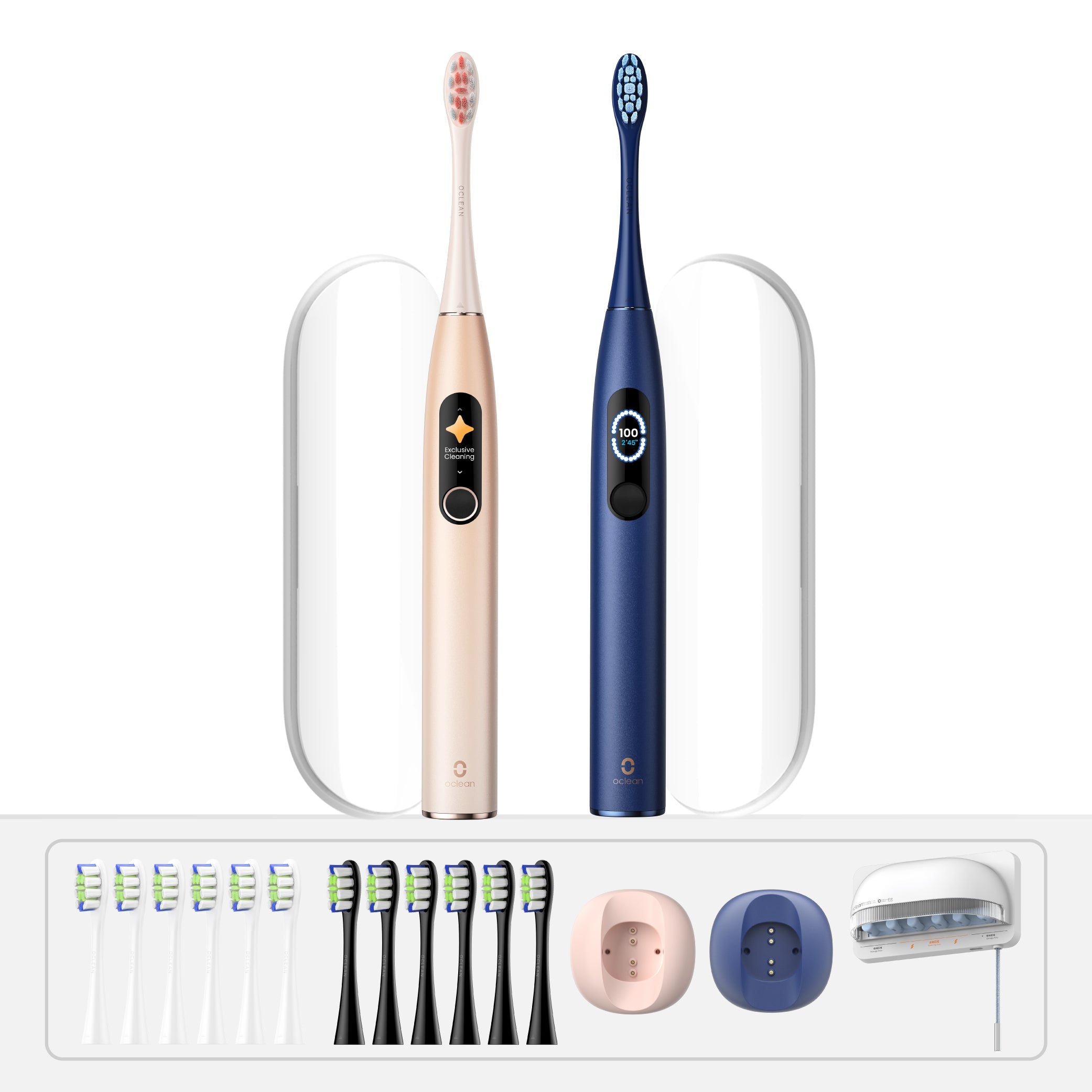Gum health usually takes a backseat to teeth, but it's equally vital for a healthy smile. However, the most prevalent gum problem is receding gums. It is a condition in which the gum tissue gradually recedes, more of the tooth or even its root becoming visible. Left unchecked, it can lead to sensitivity, increased susceptibility to decay, and even tooth loss.

But here's the good news: Gum recession is mostly preventable. By doing proper daily care, using smart tools, and making healthy lifestyle choices, you can maintain healthy gums for a lifetime. This guide contains all you need to know about preventing receding gums – what triggers it, warning signs, how to prevent them, and the role that advanced oral care tools, such as Oclean sonic toothbrushes and water flossers, can play.
What Are Receding Gums?
Gum recession occurs when the gum that surrounds the teeth recedes, showing more of the tooth, or even the root of the tooth. This may leave spaces, making it easier for bacteria to accumulate and grow, and cause serious damage. [1]
Unlike cavities, which can easily be seen, gum recession is slow to develop. In fact, many people don't even know it's occurring until they notice:
- Increased tooth sensitivity (particularly to hot or cold)
- Teeth that appear longer than they used to
- Gums that are tender, swollen, or bleed when brushing/flossing
If left unaddressed, receding gums can develop into periodontal disease and tooth loss. Prevention is the right solution.
Early Signs to Watch Out For
Identifying gum recession early makes it simpler to control. Watch for:
- Teeth that seem "longer" than they once were.
- Sensitivity of teeth to heat, cold, or sweetness.
- Gums that hurt or bleed when you brush or floss.
- Notches or grooves are visible around the gumline.
If you observe any of these, it is advisable to visit your dentist as soon as possible.
The Main Causes of Receding Gums
Knowing why gums recede is half the battle when it comes to preventing them. The most common culprits are:
1. Aggressive Brushing
Too hard a brush (or a hard-bristled brush) can gradually wear down gum tissue.
2. Poor Oral Hygiene
Plaque that is not properly cleaned hardens into tartar, causing gums to become inflamed and initiating gum disease. [2]
3. Periodontal Disease
Advanced gum disease destroys gum tissue and bone support, a leading reason for gum recession.
4. Genetics
Some people are simply more prone to having thinner gum tissue or gum problems.
5. Hormonal Changes
Menopause, pregnancy, and hormonal fluctuations make gums more sensitive and vulnerable.
6. Tobacco Use
Chewing and smoking tobacco lowers blood flow to the gums, inhibiting healing and increasing the risk of gum disease.
7. Teeth Grinding (Bruxism)
When people grind or clench their teeth, they place additional pressure on their gums and the supporting bone.
8. Misaligned Bite or Crooked Teeth
Asymmetrical pressure while chewing may result in gum tissue wear over time.
How to Prevent Receding Gums
Having learned why receding gums occur, now let's get practical. Here's what you can do to preserve your gums on a daily basis:
1. Brush Gently, Not Aggressively
It's a misguided idea that brushing harder will get your teeth cleaner, but it does the contrary. Brushing too hard or with a hard-bristle brush wears away gum and enamel and speeds up gum loss. [3]
-
Use a soft-bristled toothbrush (never a hard one).
-
Place your brush at a 45-degree angle to the gumline.
-
Make light, circular strokes rather than hard back-and-forth scrubbing.
This removes plaque effectively without probing at your gums. Picture brushing as "rubbing your gums," rather than washing dirt off the floor."
2. Floss or Use Interdental Cleaners Every Day
Brushing by itself will only clean around 60% of tooth surfaces. [4] Plaque and bacteria love hiding between teeth, exactly where gum issues usually begin.
Flossing once a day (or water flossing/interdental brushes) keeps gums healthy and prevents build-up. If flossing seems difficult:
-
Experiment with waxed floss to make sliding easier.
-
Try floss holders or picks if you have dexterity issues.
-
Water flossers are another good option for sensitive gums.
3. Use Antibacterial Mouthwash
Antimicrobial rinses kill germs that brushing and flossing leave behind, while fluoride rinses fortify enamel and keep teeth from getting cavities. Don't overdo the alcohol-based rinses, though: they can leave your mouth dry and your gums irritated. Once a day is plenty for most people.
4. Eat a Gum-Friendly Diet
Your gums, like the rest of your body, require balanced nutrition to remain healthy.
-
Vitamin C helps your body make collagen, which is necessary for healthy gum tissue.
-
Vitamins D and calcium promote both bone and gum health, so they are crucial in the prevention of tooth and gum disease.
-
Omega-3 fatty acids (fish, nuts, seeds) help in reducing gum inflammation. [5]
At the same time, cut back on sugary snacks and acidic beverages, which nourish bacteria and dissolve enamel. A diet full of fruits, vegetables, lean meats, and whole grains is not only good for your body, but it's excellent for your gums as well.
5. Quit Smoking
If you are a smoker, your gums have an uphill battle. Smoking hinders blood flow, retards healing, and creates the perfect environment for gum disease. Quitting is among the nicest things you can do for your gums (not to mention your overall well-being). Even reducing can enhance blood flow and provide your gums with an improved opportunity to heal.
6. Manage Stress & Teeth Grinding
Stress isn't just a mental thing; it can also hit your gums. A lot of people grit or grind their teeth (bruxism) when under stress, placing additional pressure on the gums and underlying bone. This, over time, will exacerbate gum recession.
Deal with stress by using relaxation strategies such as exercise, meditation, or slow breathing. If you clench at night, discuss a night guard with your dentist, which will help shield your teeth and gums while you are asleep.
7. Select the Right Toothbrush Technology
Manual brushes will work – but they depend on your skill. Most people brush too hard or brush over spots, which puts more risk on their gums. Sonic toothbrushes, such as Oclean, are a game-changer:
- They provide up to 84,000 movements per minute, clearing plaque more efficiently.
- Their targeted cleaning extends along the gumline and between teeth without rough scrubbing.
- Smart brushes give you personalized feedback through app connectivity, so you can be sure whether you're missing spots or not.
By combining the right technology with proper care, you can reduce gum irritation while ensuring excellent oral hygiene.
8. Get Regular Dental Checkups
Even the best brushing routine can’t replace professional care. Dentists can:
- Spot early signs of gum recession.
- Perform deep cleaning (scaling & root planing).
- Give tailored advice based on your gum health.
Schedule checkups every 6 months, or more frequently if you’re prone to gum issues.
Can Receding Gums Grow Back?
The simple truth is no. Receding gums don’t grow back naturally. Once gum tissue has pulled away and exposed part of the tooth root, it will not grow back by itself. But in early-stage gum recession, it can be stopped and managed, so it does not worsen.
For mild cases, gentle oral care, identifying risk factors such as harsh brushing or smoking, and regular cleanings will prevent the issue from occurring. However, for severe gum recession, professional intervention is usually necessary:
- Scaling and Root Planing: An in-depth cleansing procedure that removes tartar and plaque below the gum line, smoothing tooth roots so the gums can attach more easily.
- Gum Graft Surgery: Tissue (usually from the top of the mouth) is transferred to areas where gums have retreated, covering exposed roots and enhancing appearance.
- Pinhole Surgical Technique: A non-surgical technique where tiny incisions are made in the gums, providing access for tissue to be relocated to cover exposed roots without stitches.
The sooner the gum recession is treated, the better the results. Although you cannot regrow gums, you can guard what is left and stop additional loss with preventative care and early treatment.
Can Receding Gums Be Reversed?
A common question people ask is whether receding gums can grow back naturally. The honest answer is no – once gum tissue has worn away, it does not regenerate on its own. However, this doesn’t mean there’s nothing you can do. While natural regrowth isn’t possible, gum recession can be slowed down, controlled, or treated with the right care and dental interventions.
Key Takeaways: Protecting Your Gums for Life
- Receding gums are due to forceful brushing, bad oral hygiene, smoking, bruxism, and gum infection.
- Prevention begins with soothing brushing, daily flossing, a balanced diet, and periodic dental check-ups.
- Smart tools such as Oclean sonic toothbrushes guard gums with soft accuracy and smart feedback.
Gum recession cannot be reversed naturally, so prevention is your best defense.
The Bottom Line
Gums that are receding might not be reversible, but they are definitely controllable. Small, persistent practices – such as the use of a soft-bristled toothbrush, maintaining regular flossing, and regular visits to the dentist – have the most impact over the long haul. Combine that with good eating and lifestyle choices, and you can maintain healthy, strong gums for years to come. The point is: the earlier you take action, the more in control you are of preserving your smile.
So, are you ready to level up your gum care? Give Oclean's Electric Toothbrushes a try today and start your journey to healthier gums and a whiter smile.
Reference
Marks, Hedy. “Receding Gums: Causes, Treatment, Surgery, and Prevention.” WebMD, 8 Oct. 2023, www.webmd.com/oral-health/receding_gums_causes-treatments.
“Gum Recession: Causes, Prevention, Surgery & Treatment.” Cleveland Clinic, 14 Apr. 2022, my.clevelandclinic.org/health/diseases/22753-gum-recession.
NHS. “Gum Disease.” Nhs.uk, 3 Oct. 2018, www.nhs.uk/conditions/gum-disease/.
Ng, Ethan, and Lum Peng Lim. “An Overview of Different Interdental Cleaning Aids and Their Effectiveness.” Dentistry Journal, vol. 7, no. 2, 1 June 2019, p. 56, www.ncbi.nlm.nih.gov/pmc/articles/PMC6630384/, https://doi.org/10.3390/dj7020056.
Miller, Luísa Martins, et al. “The Impact of Omega-3 Supplements on Non-Surgical Periodontal Therapy: A Systematic Review.” Nutrients, vol. 14, no. 9, 28 Apr. 2022, p. 1838, https://doi.org/10.3390/nu14091838.
Inhaltsverzeichnis
